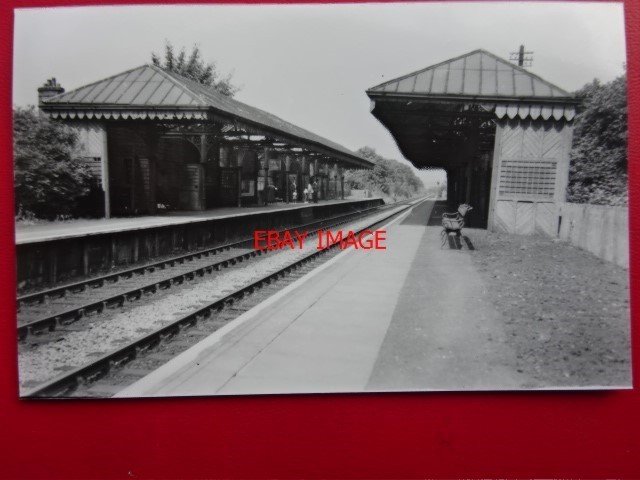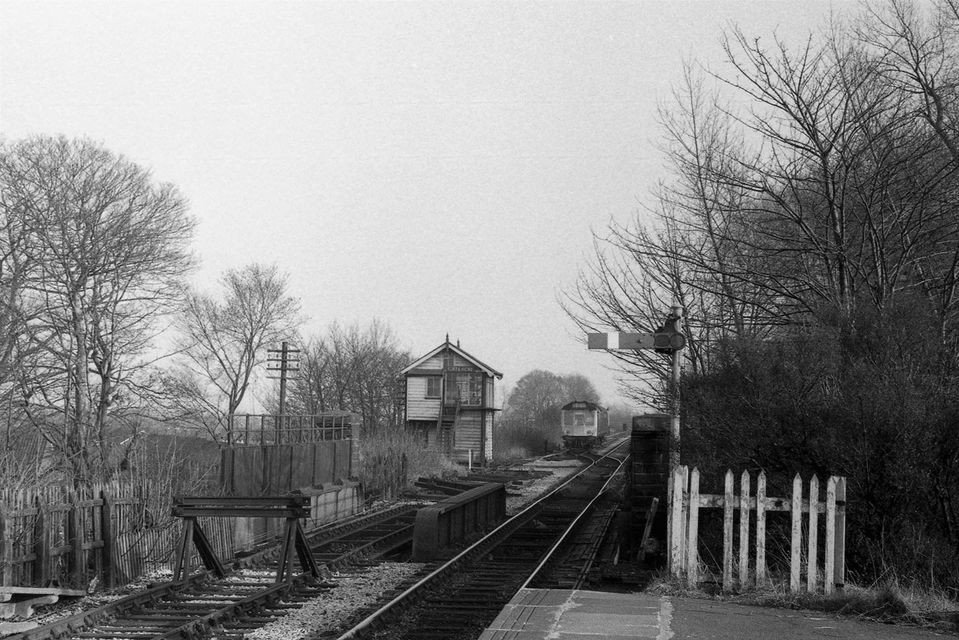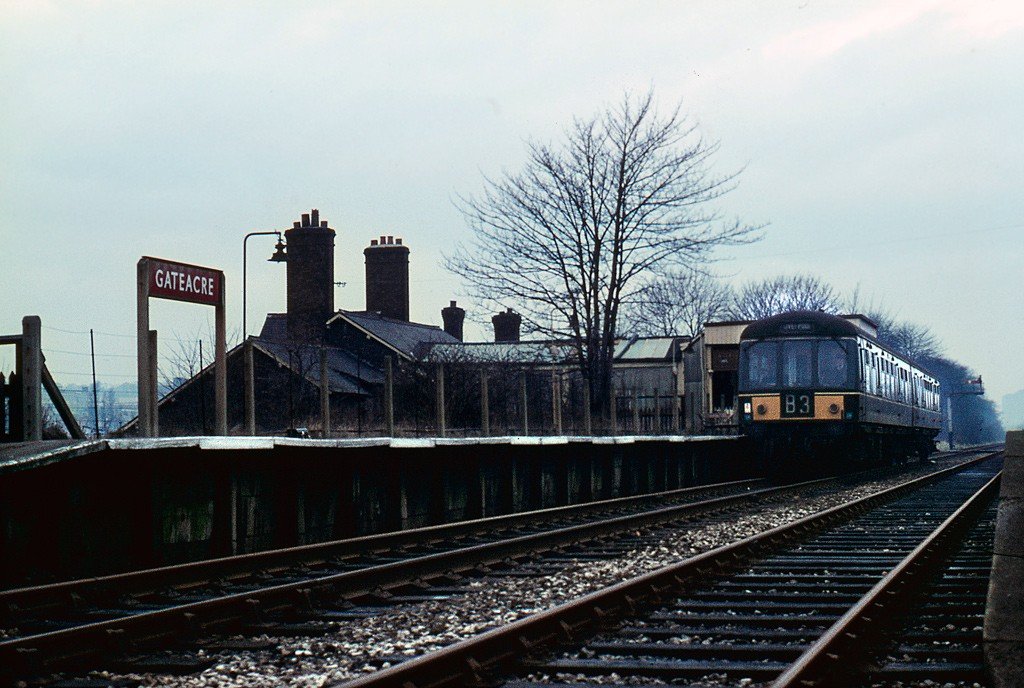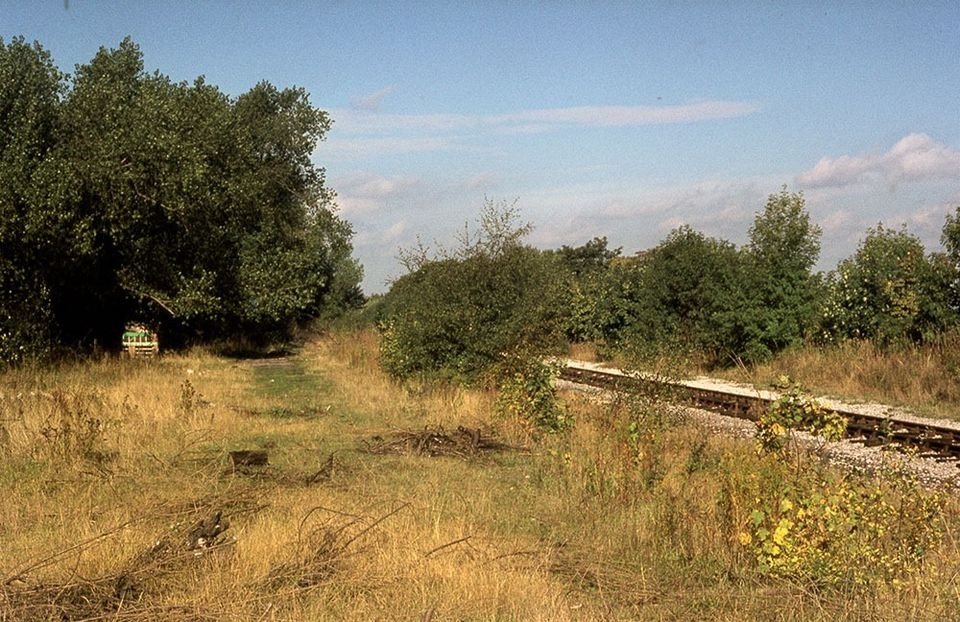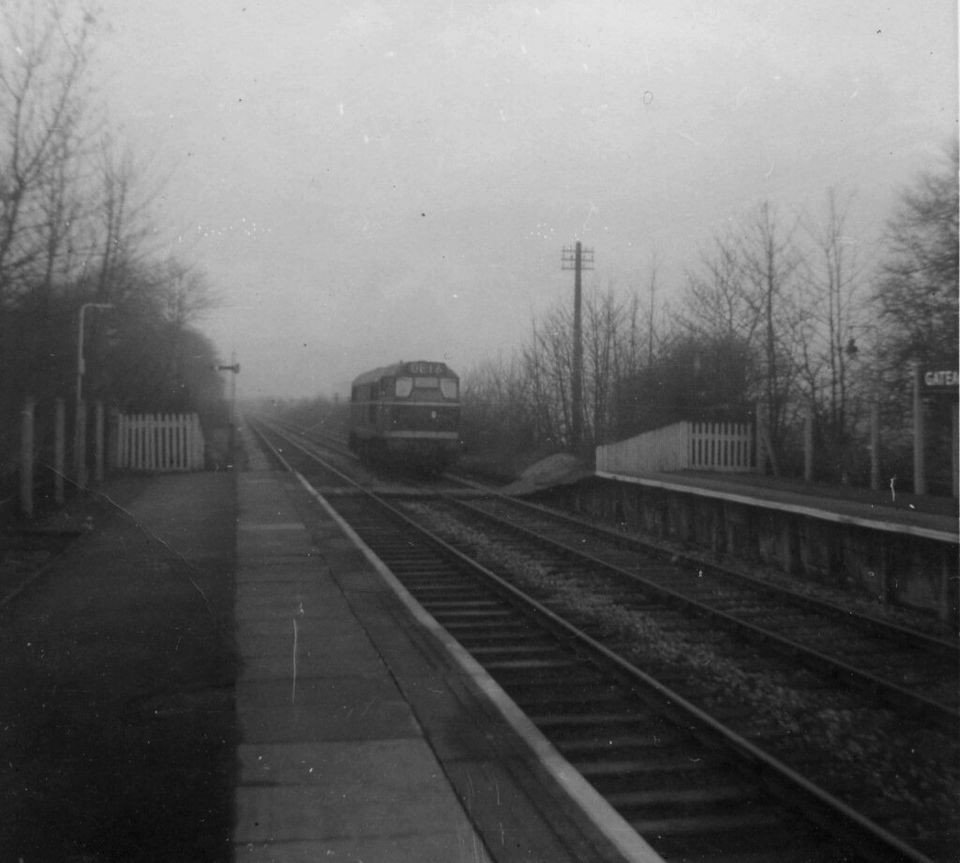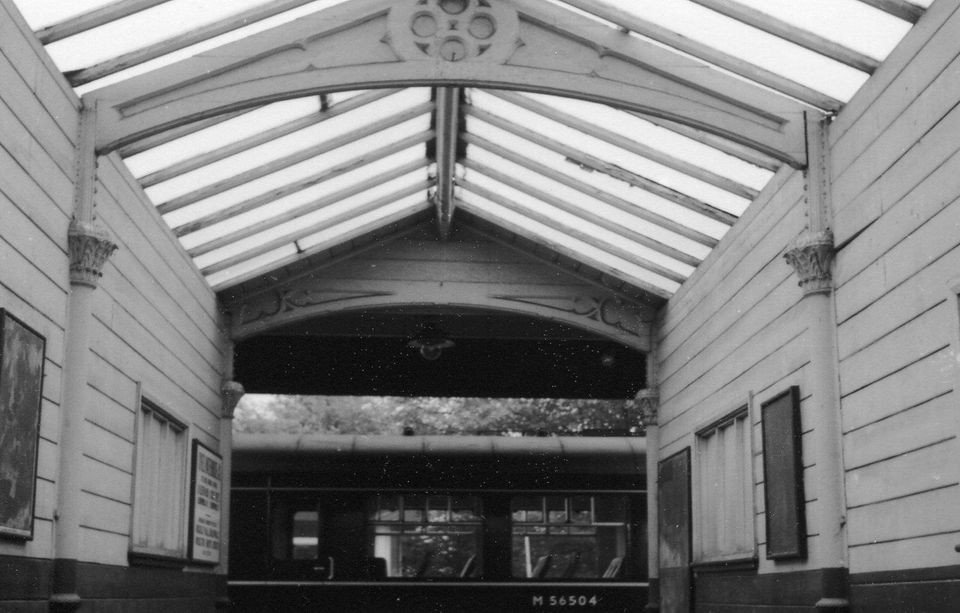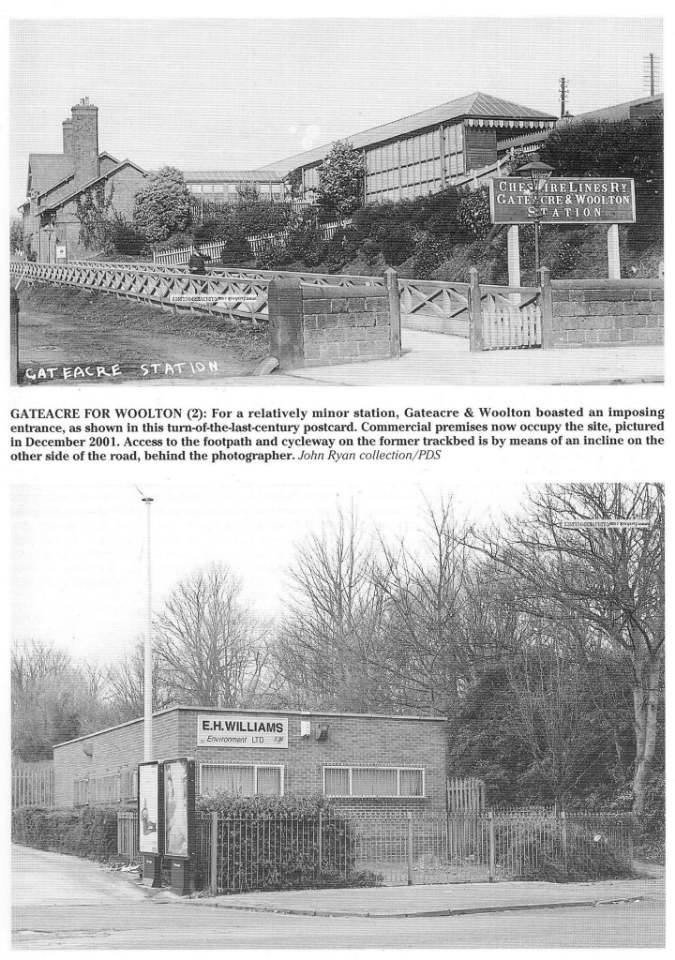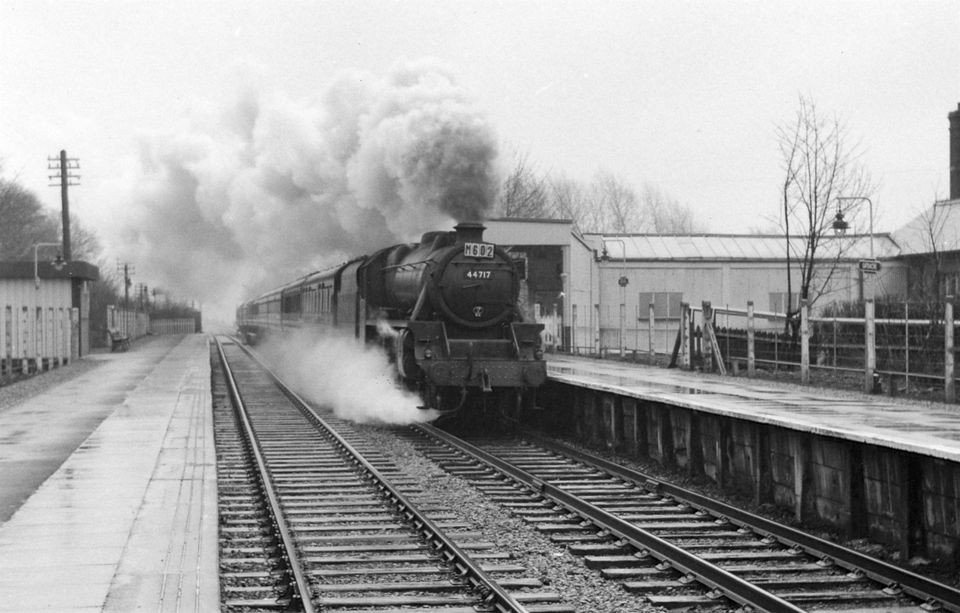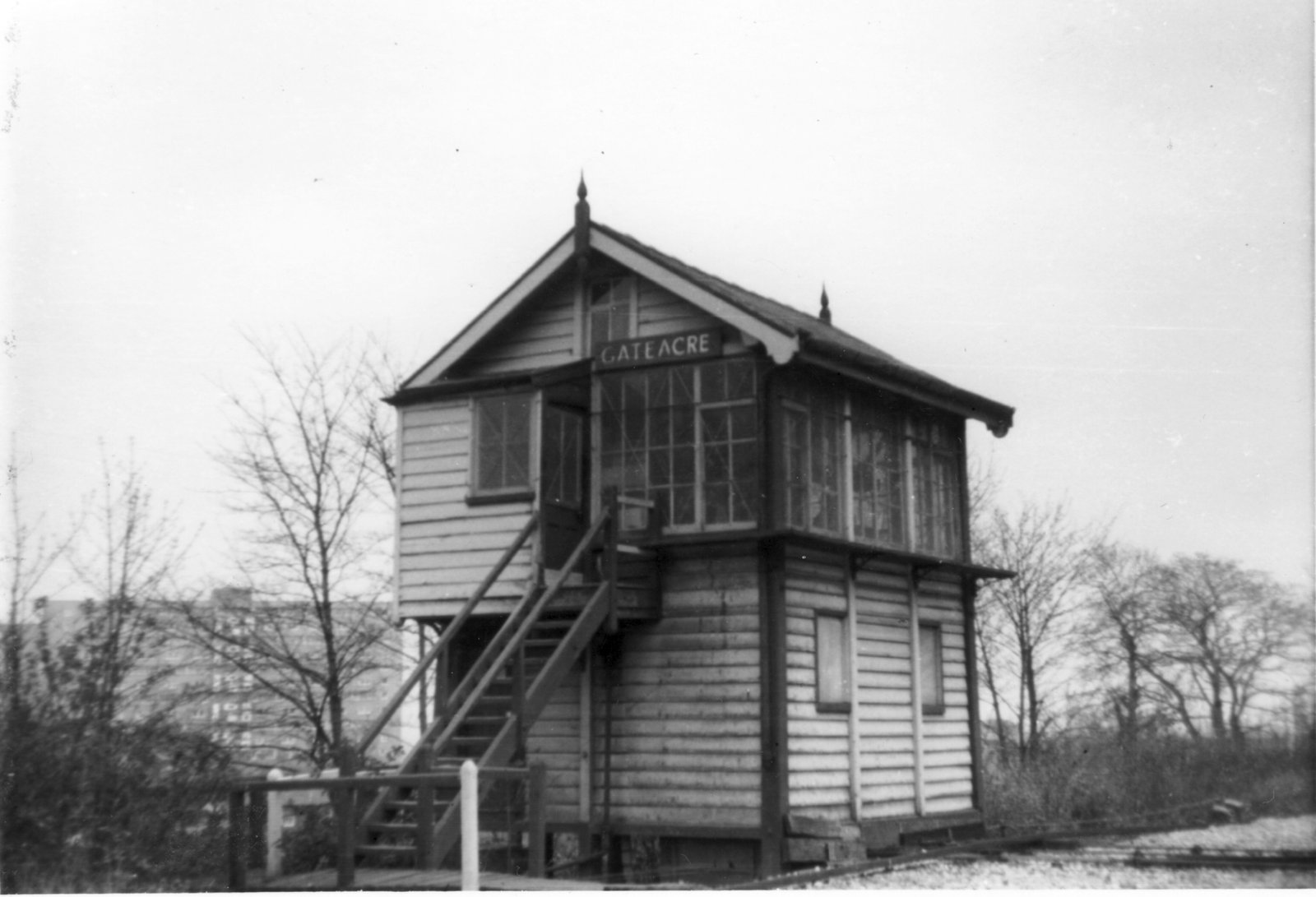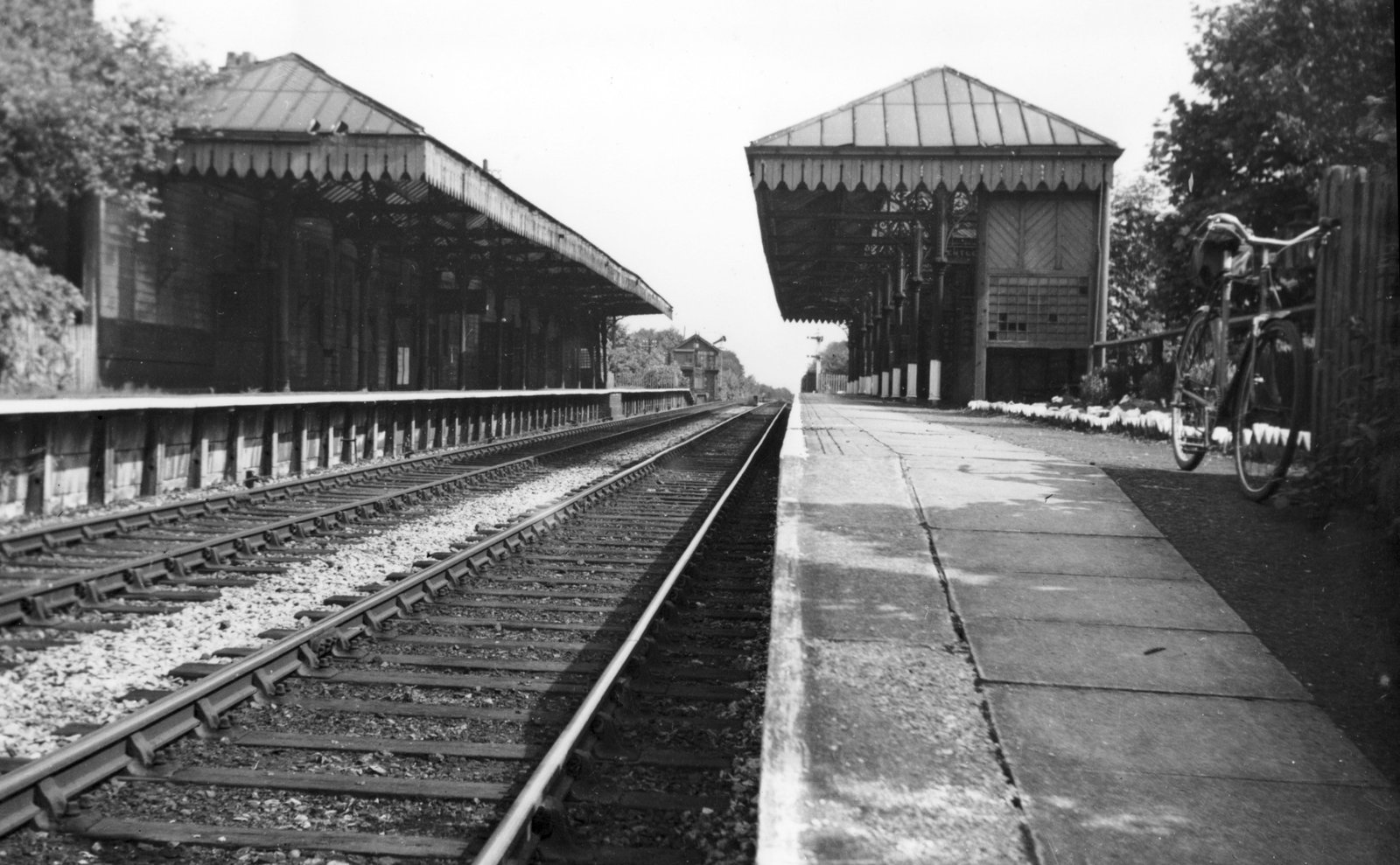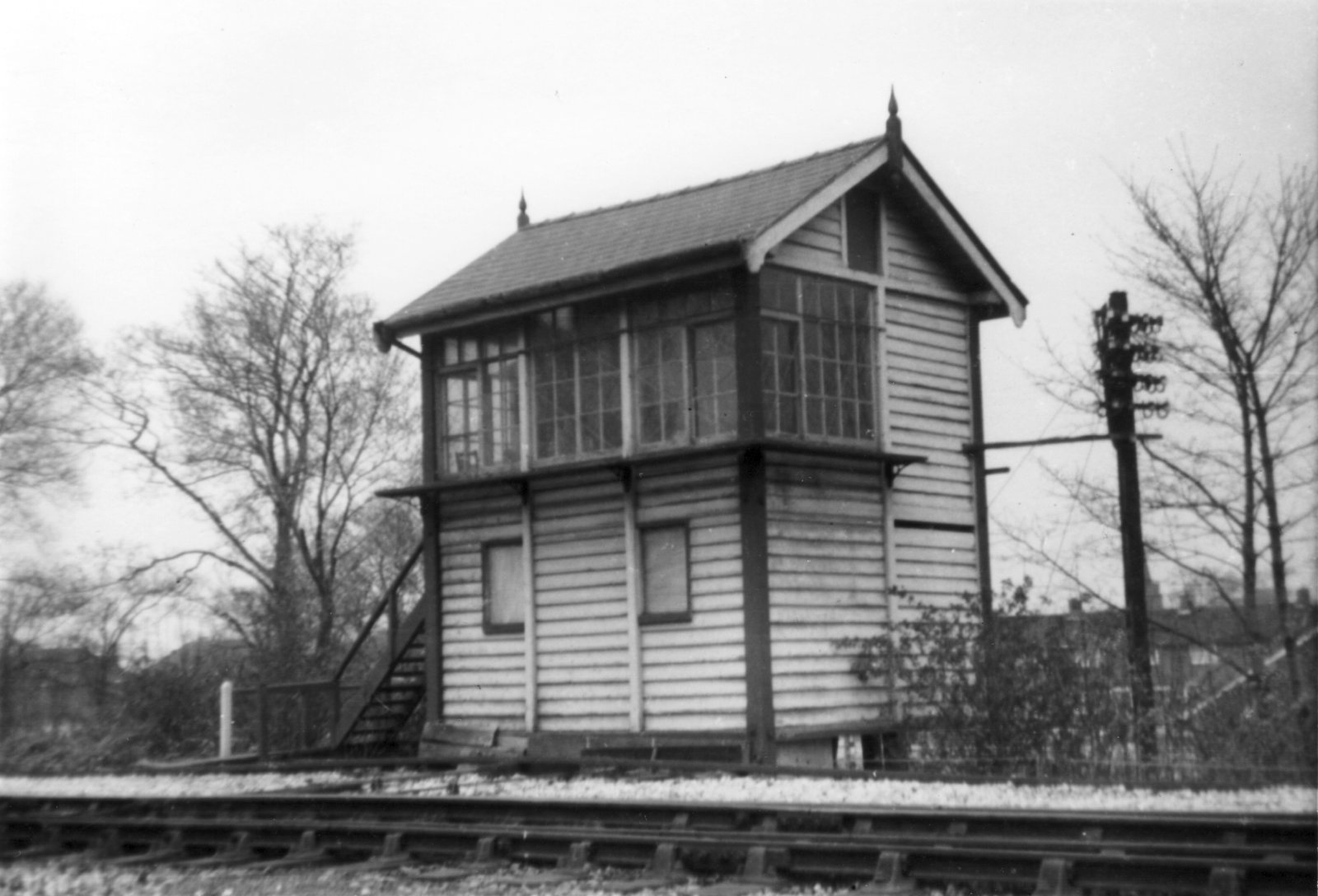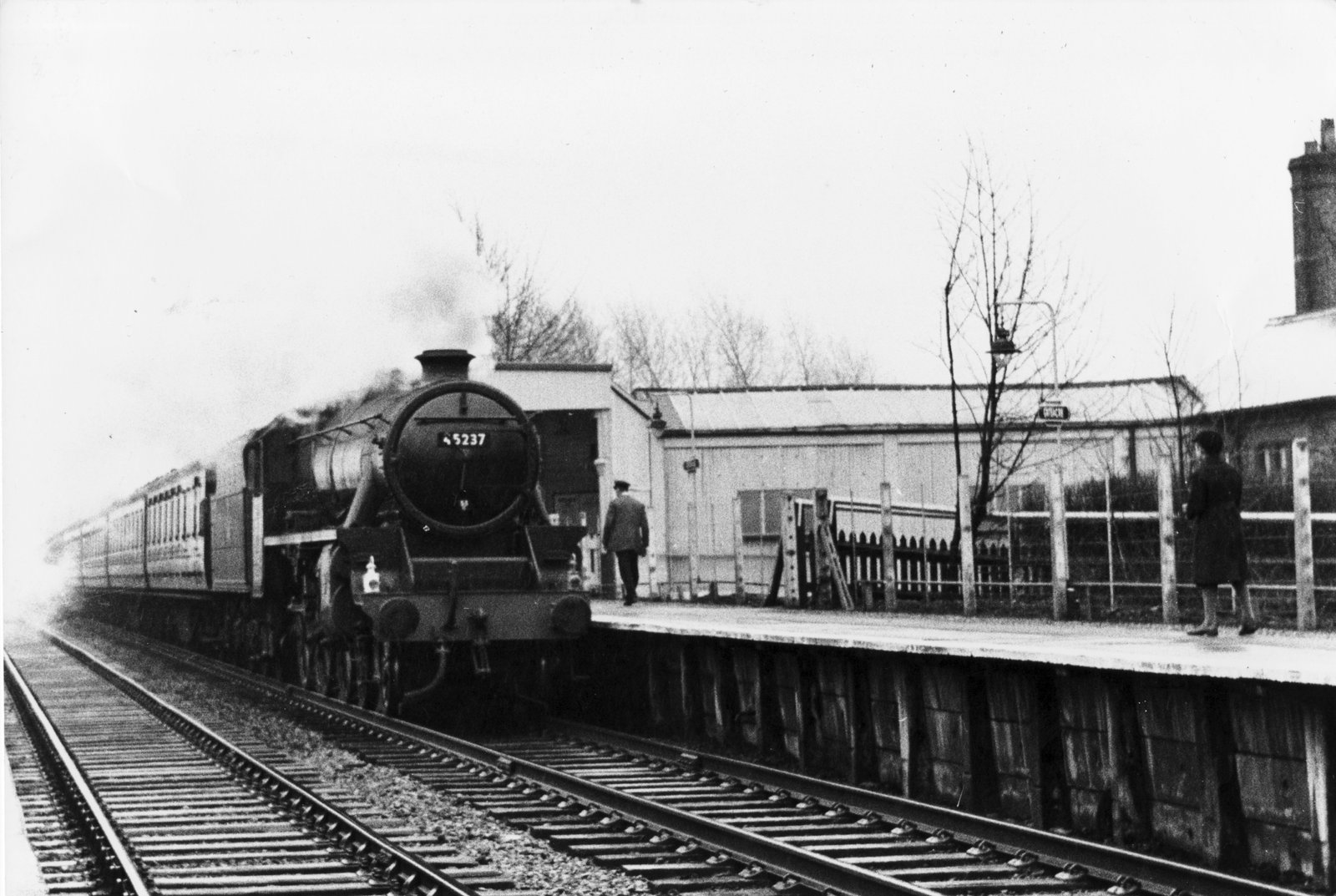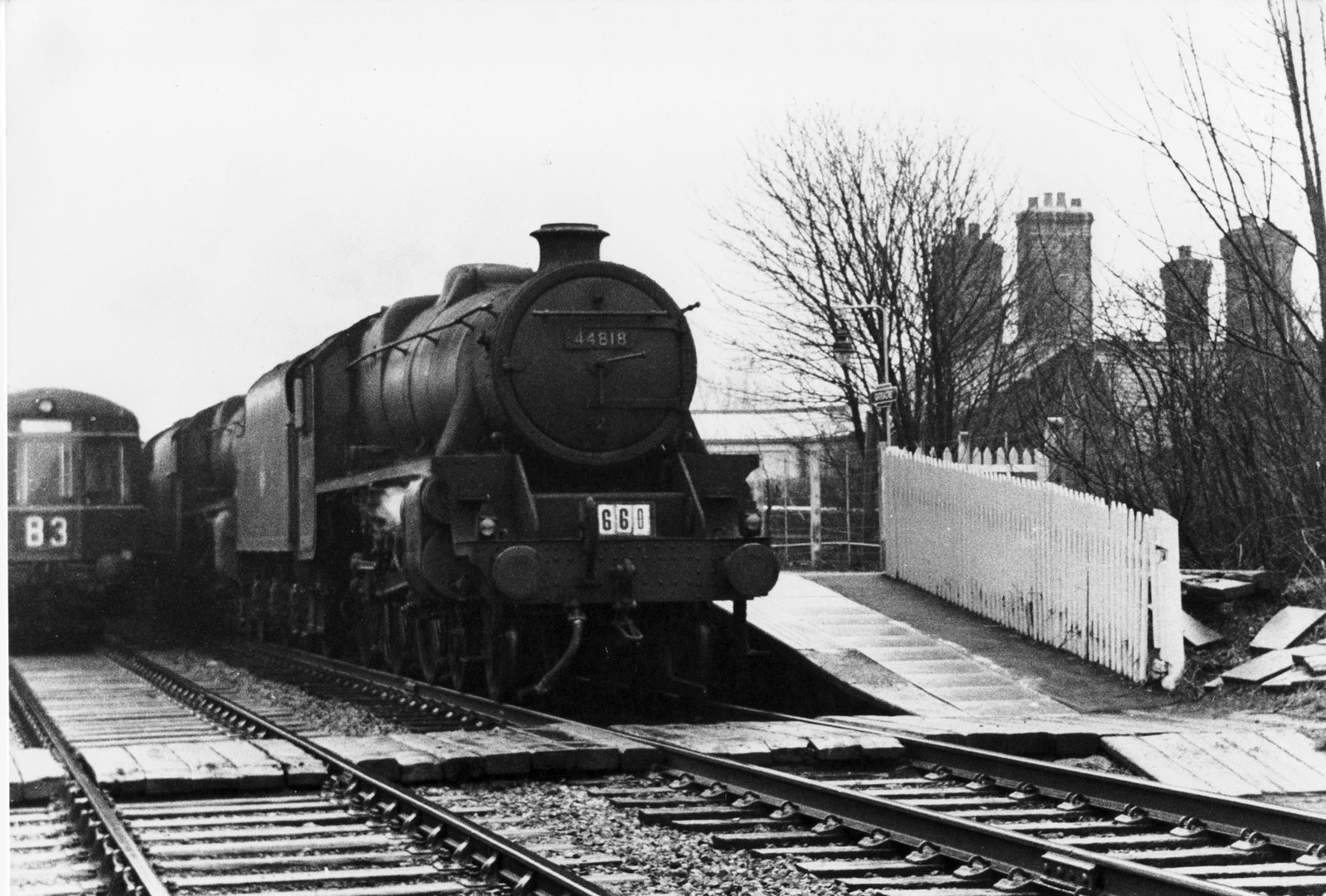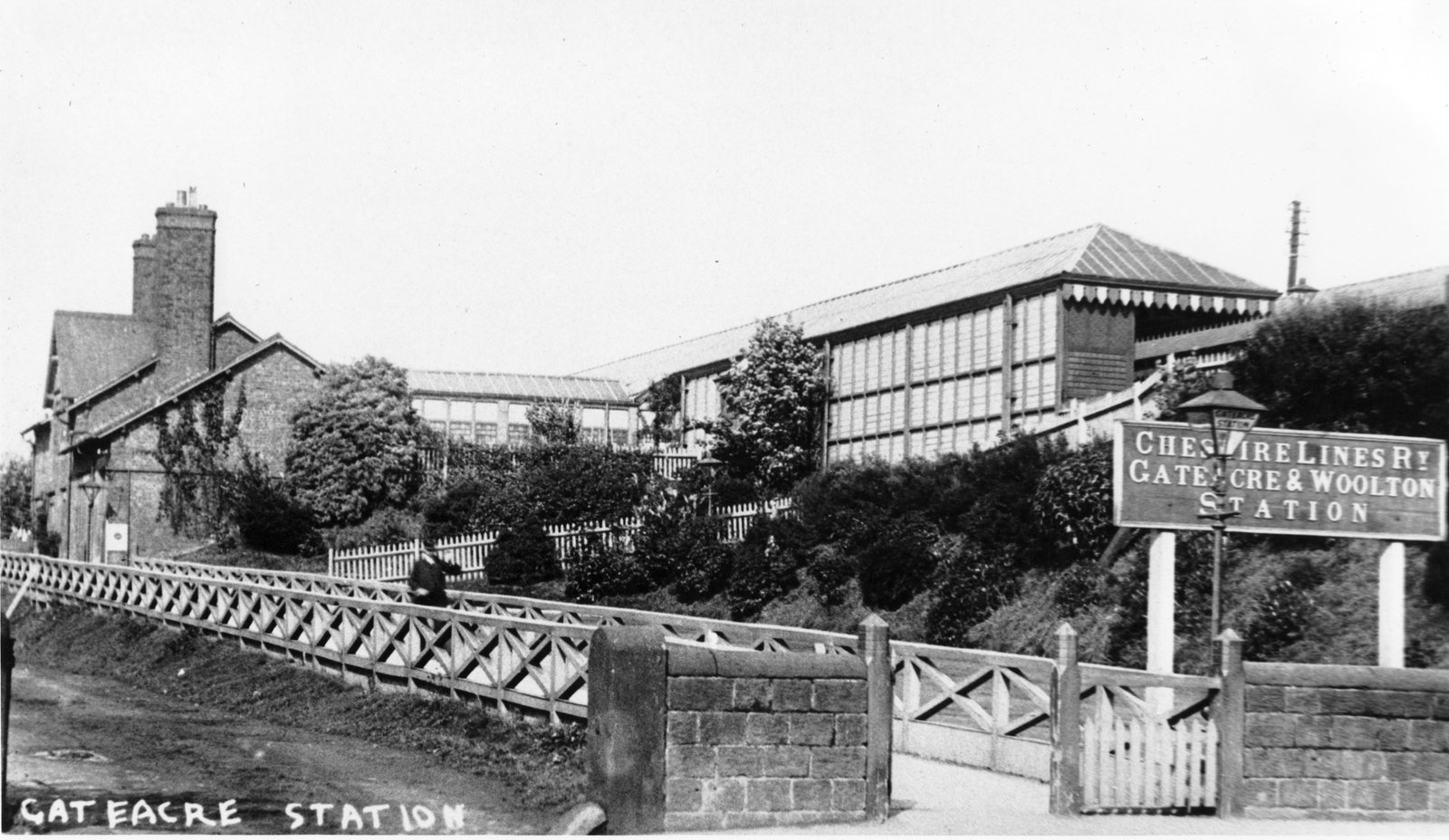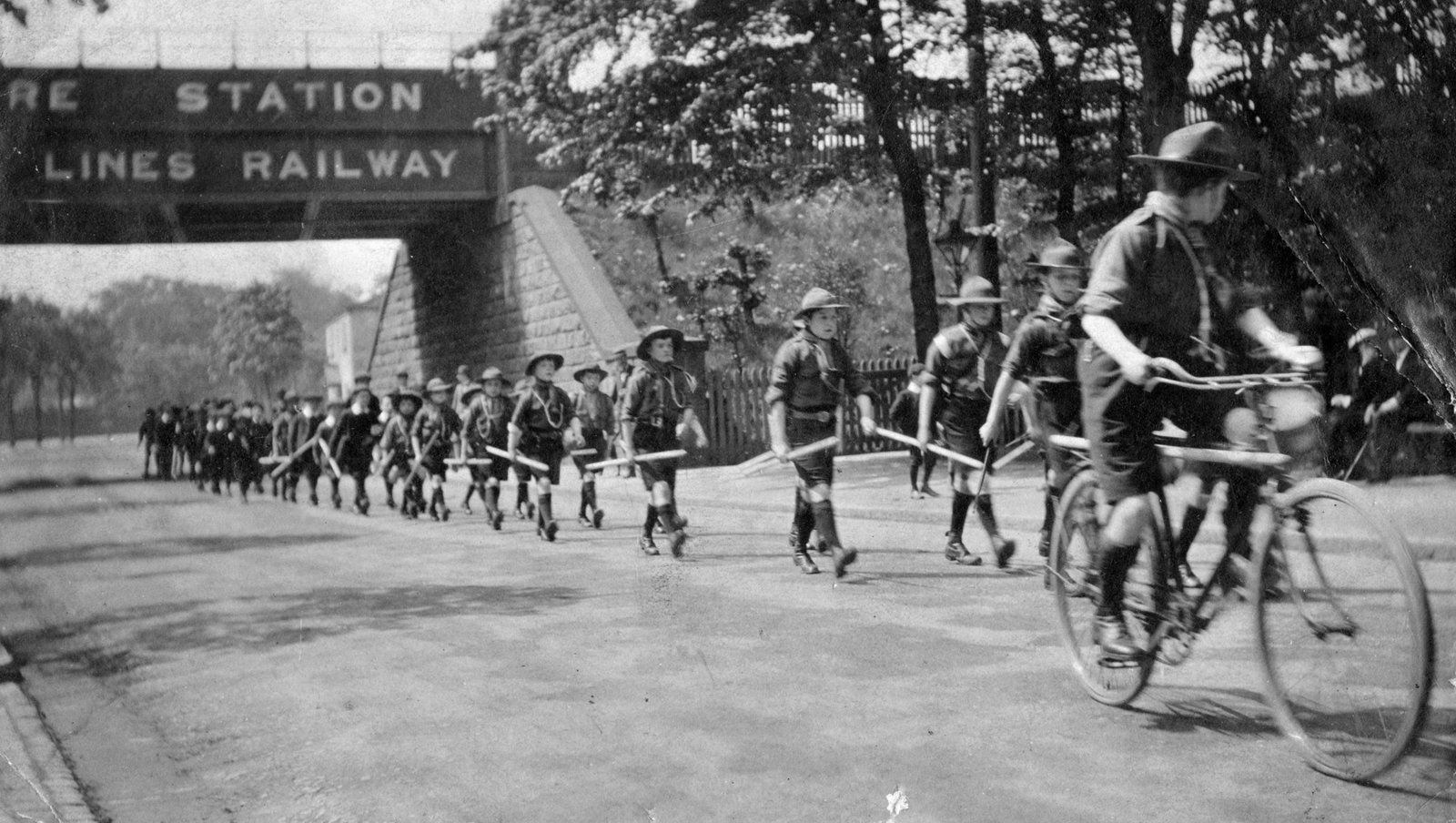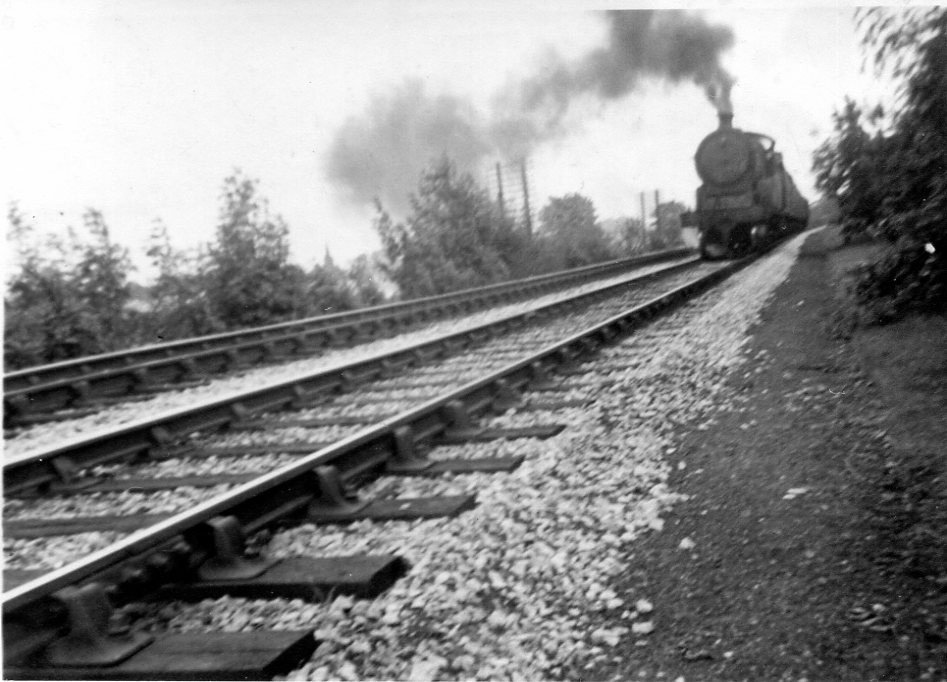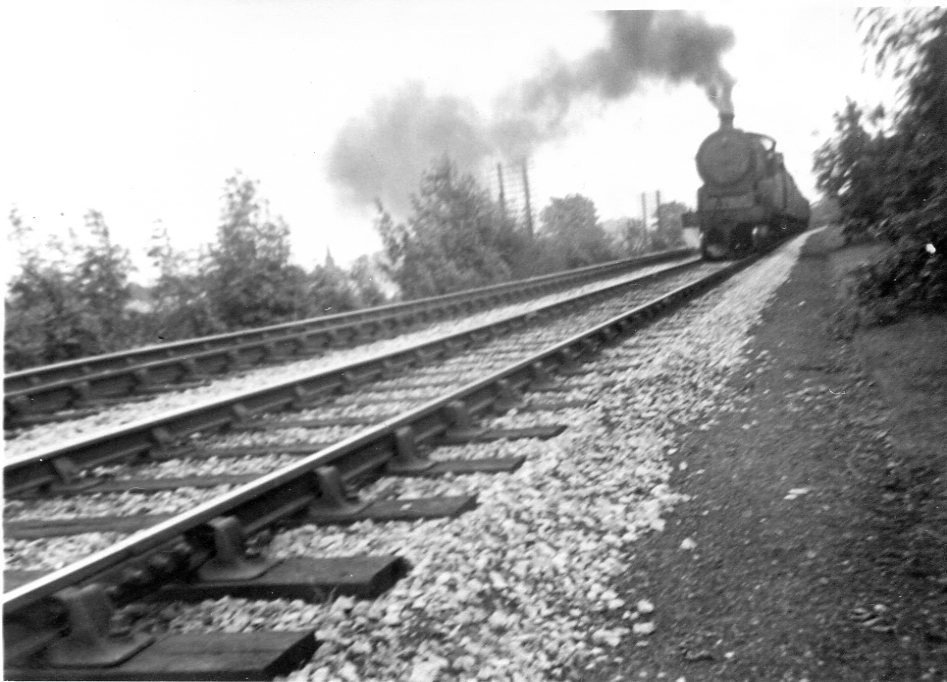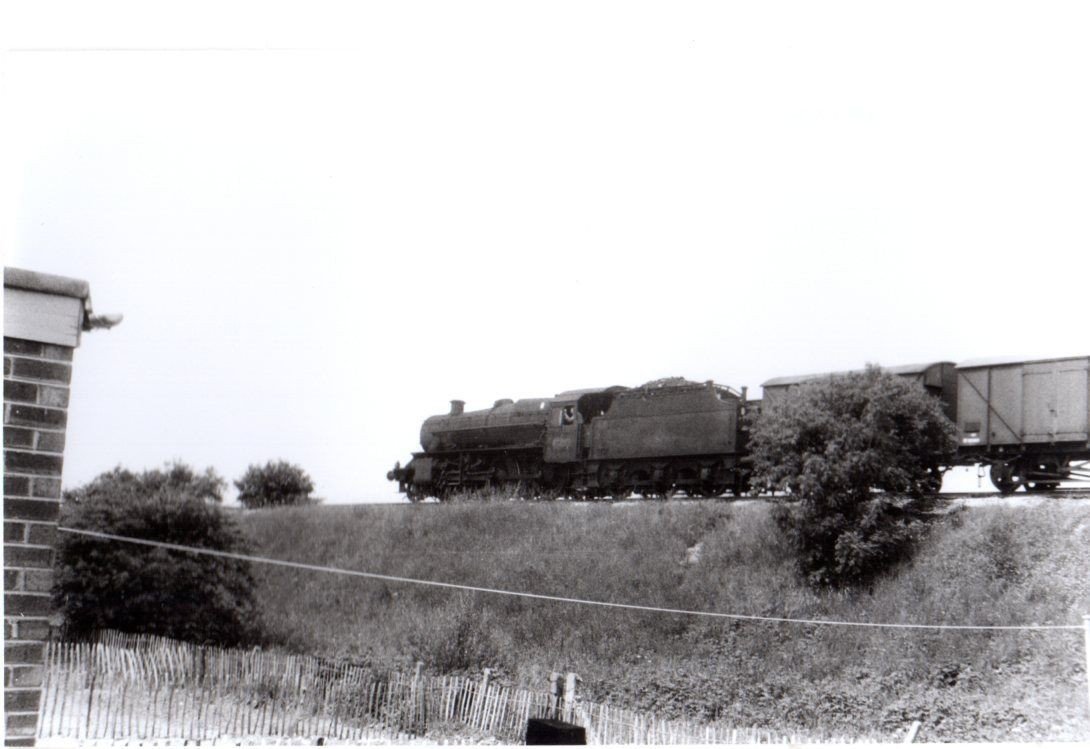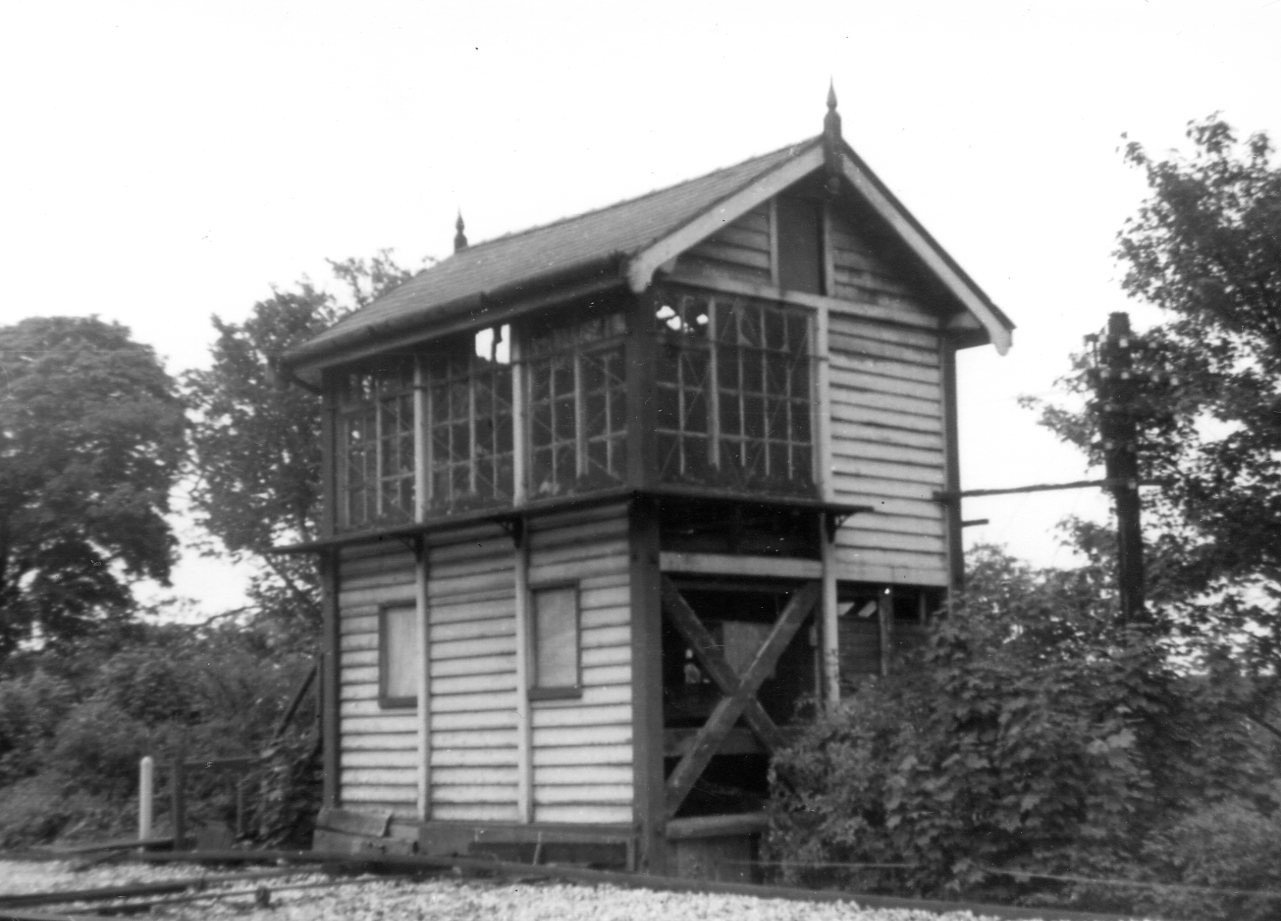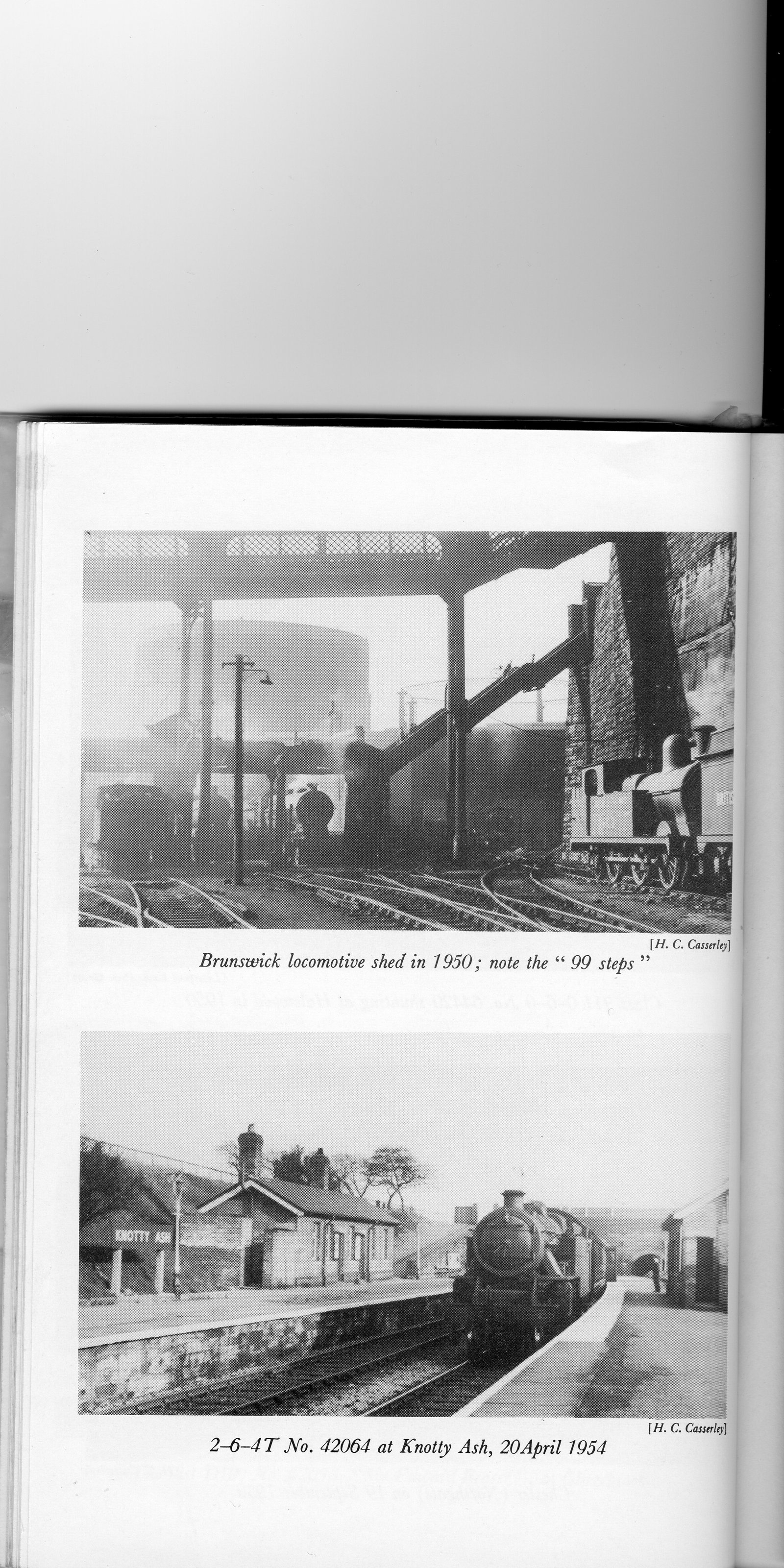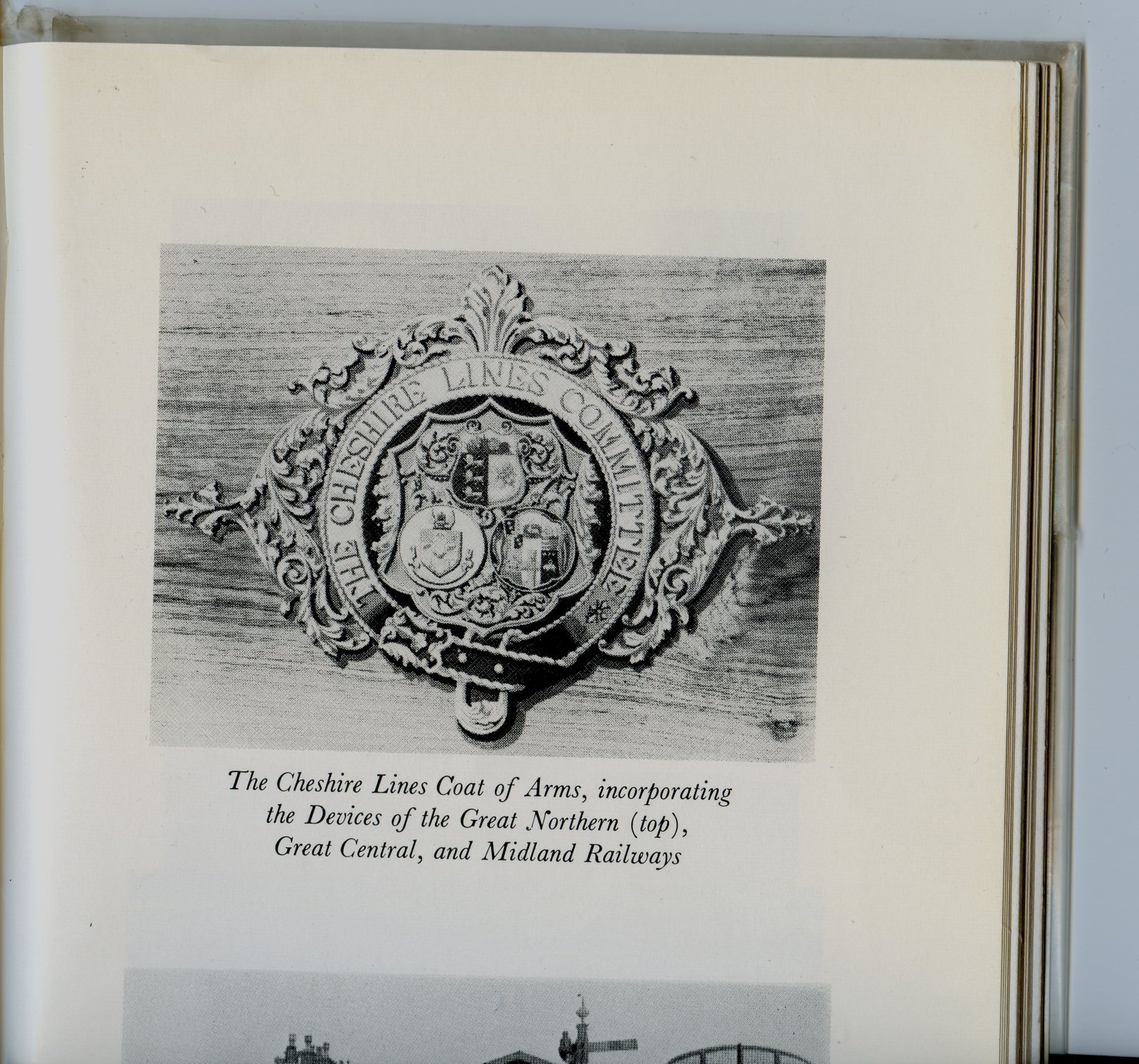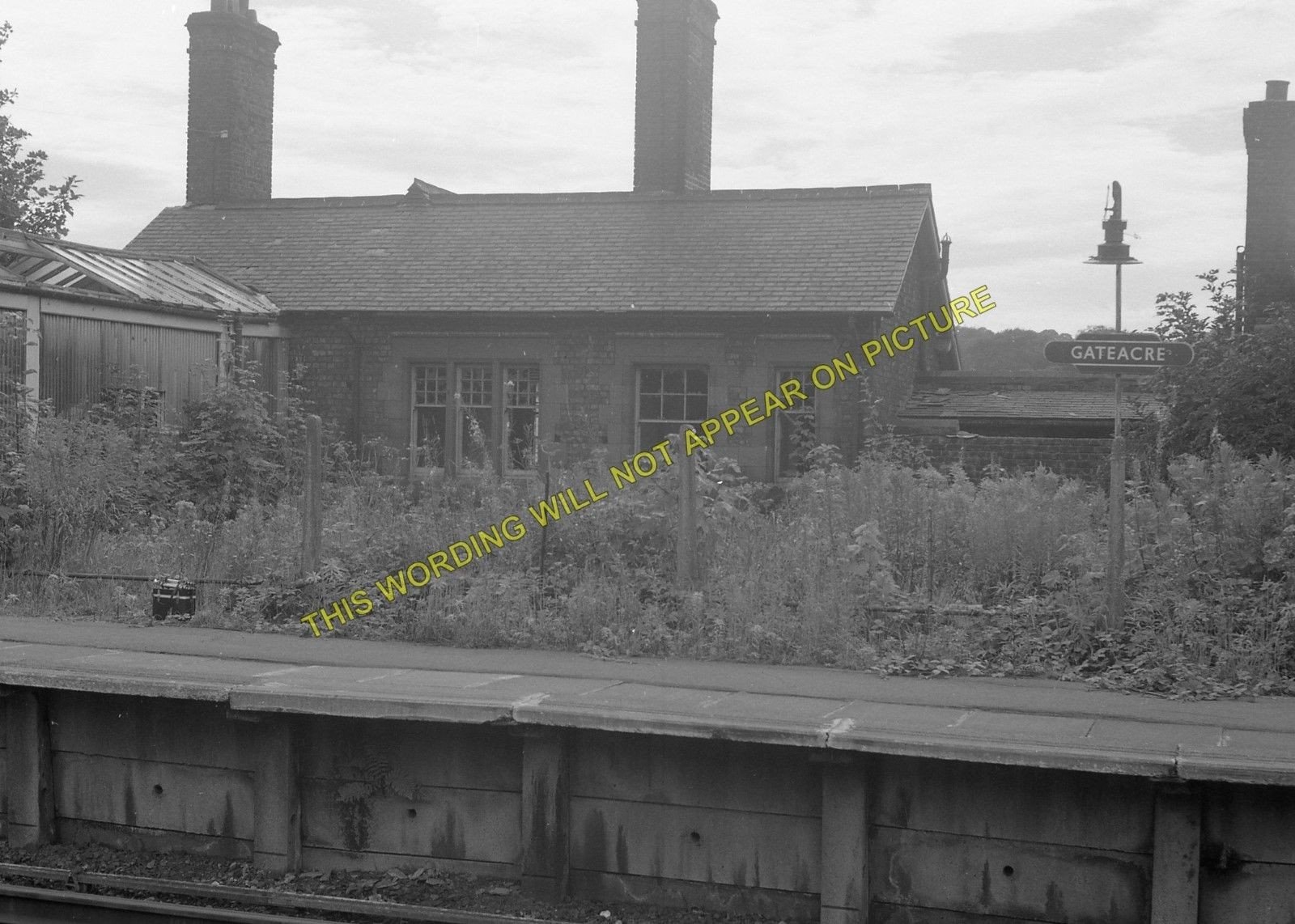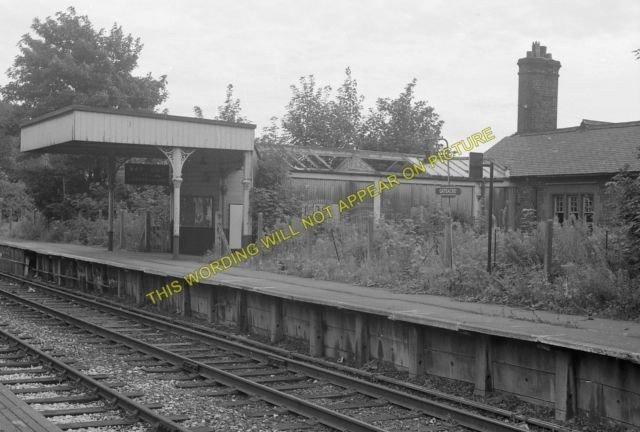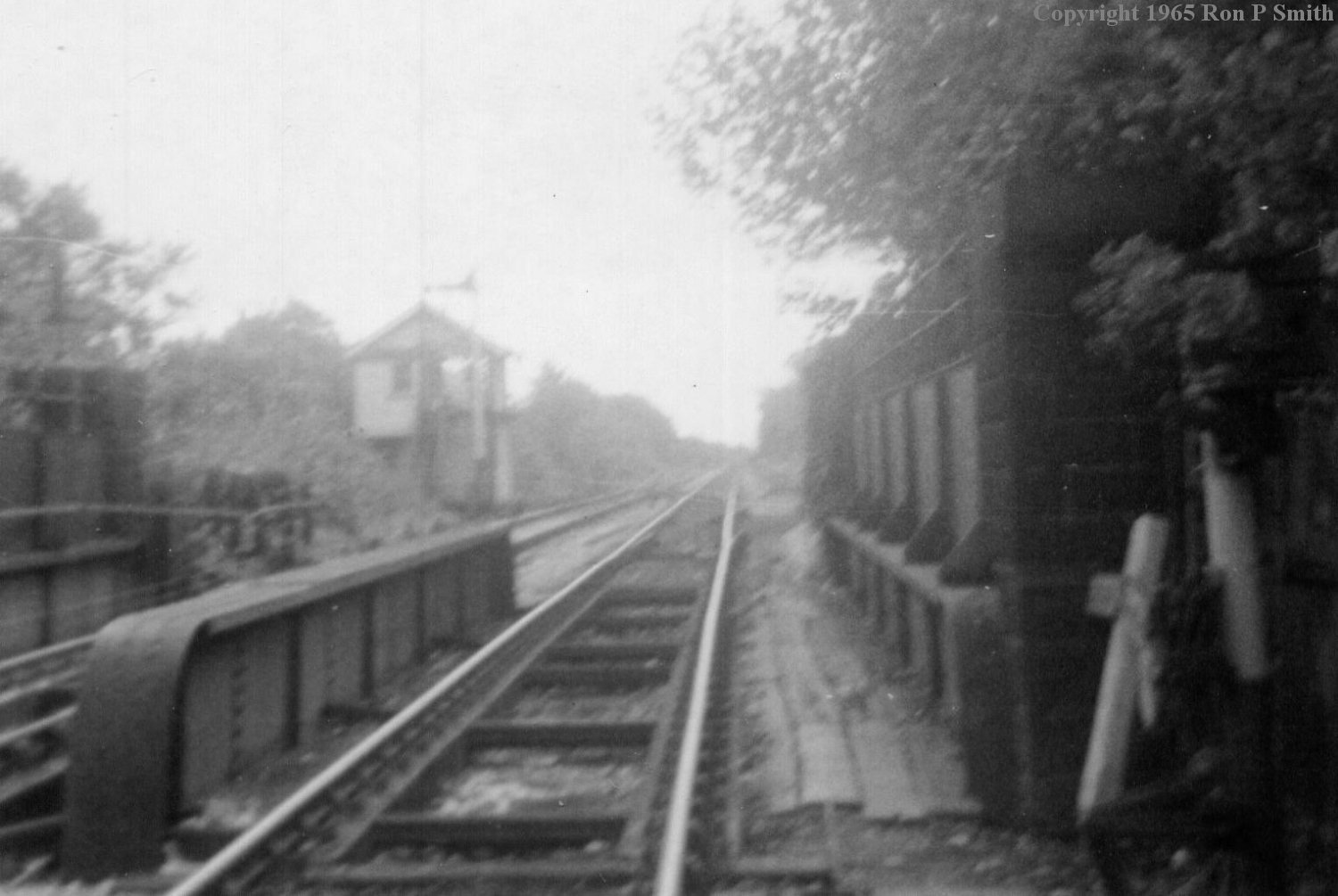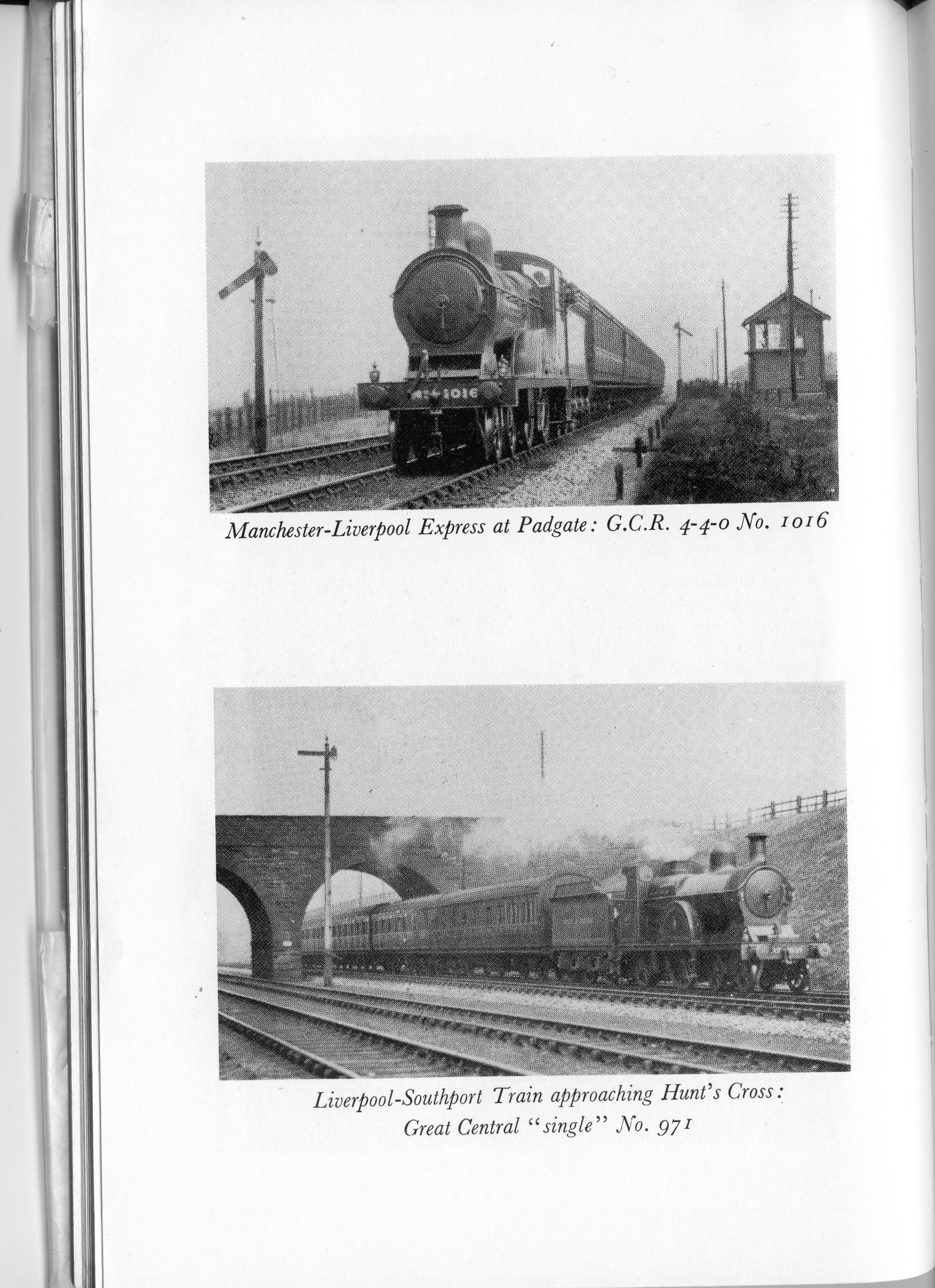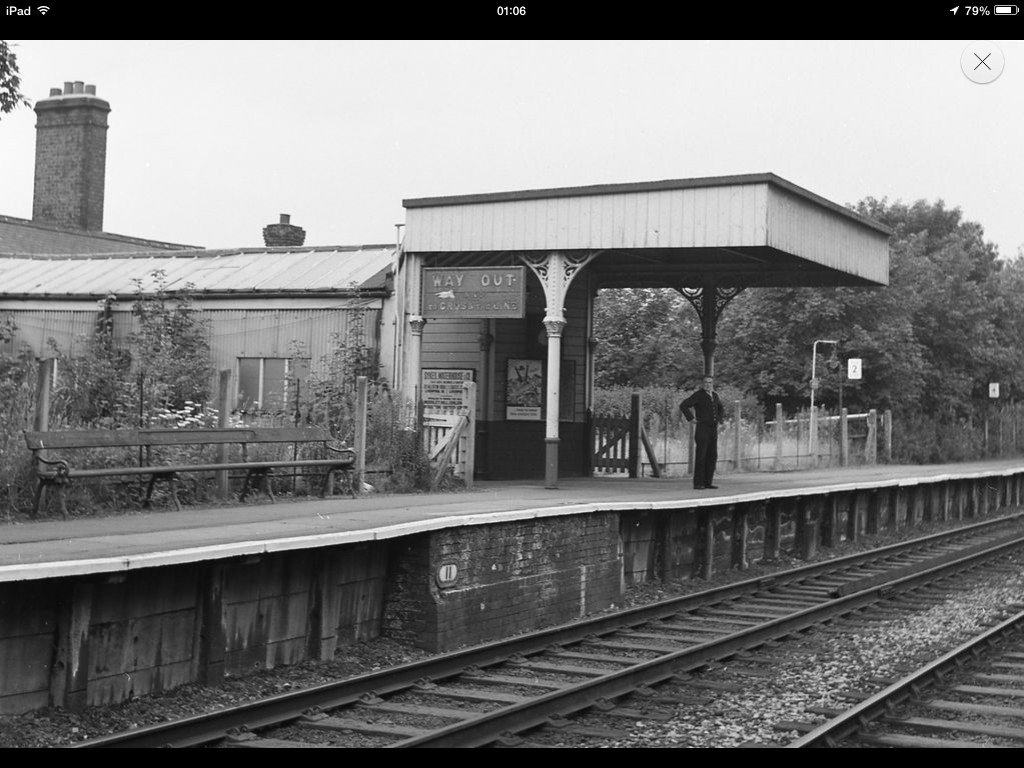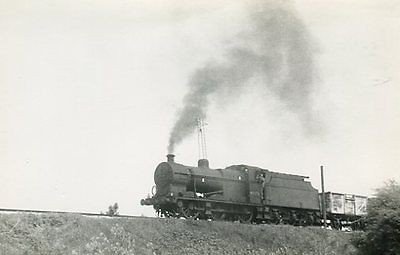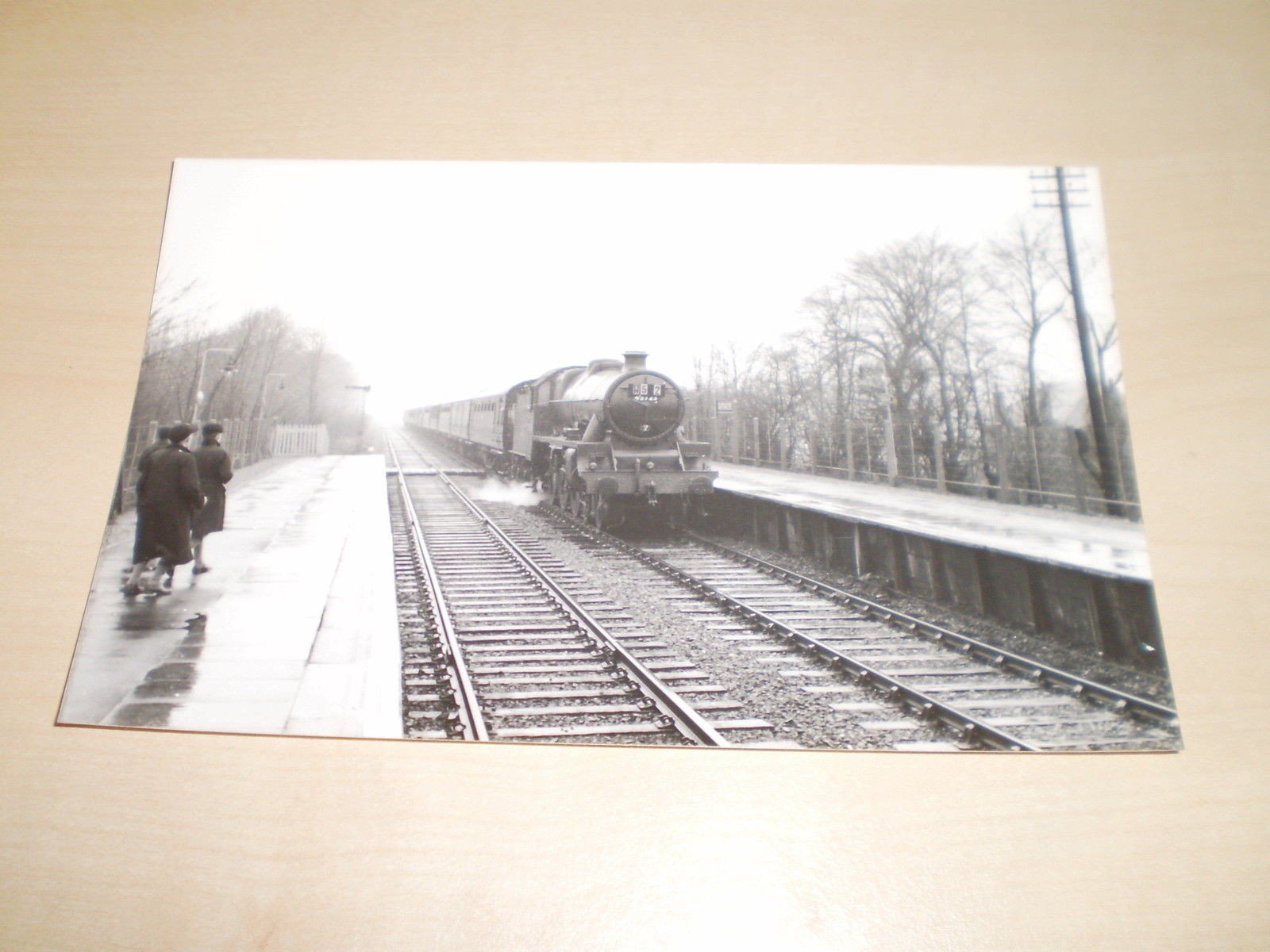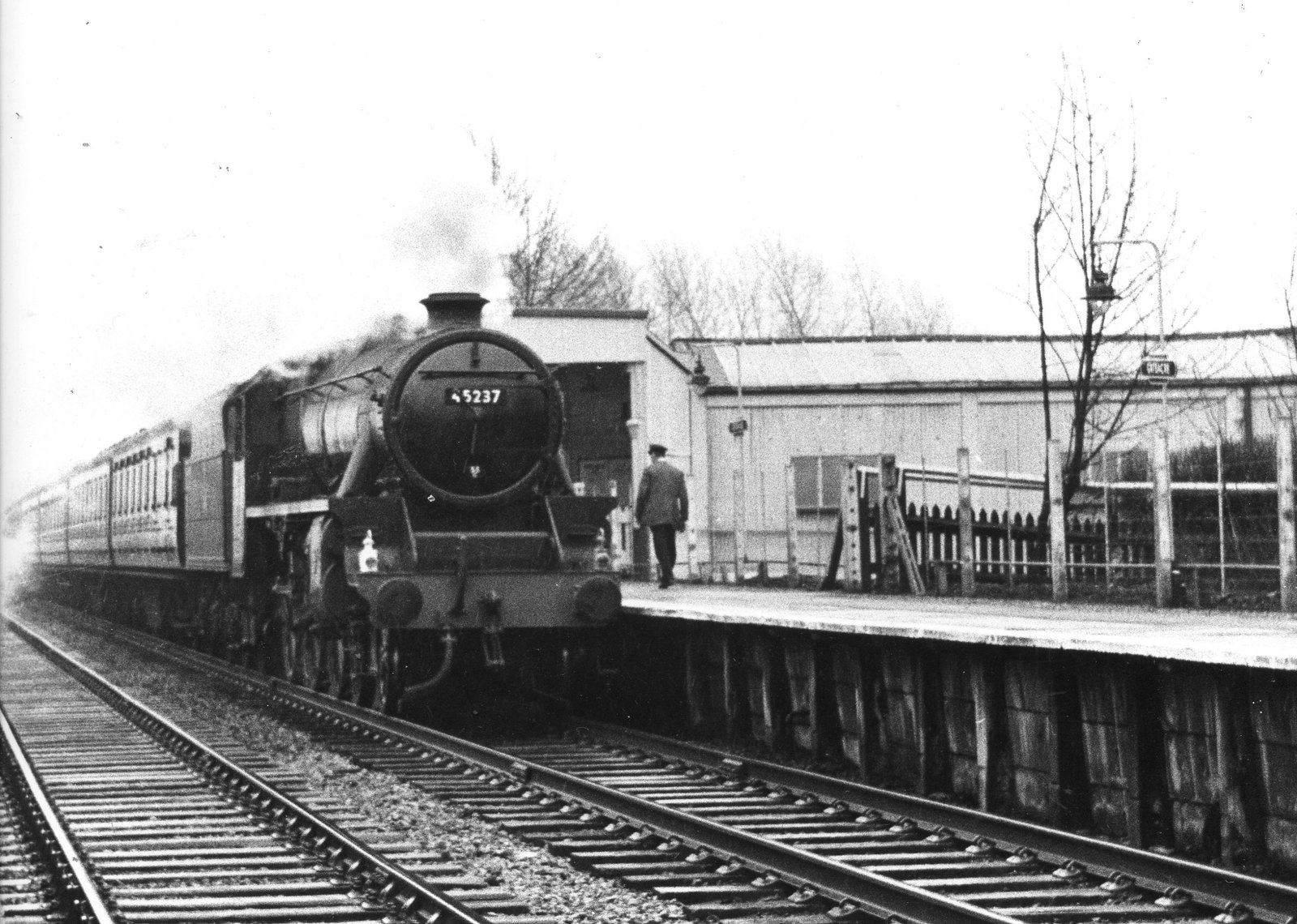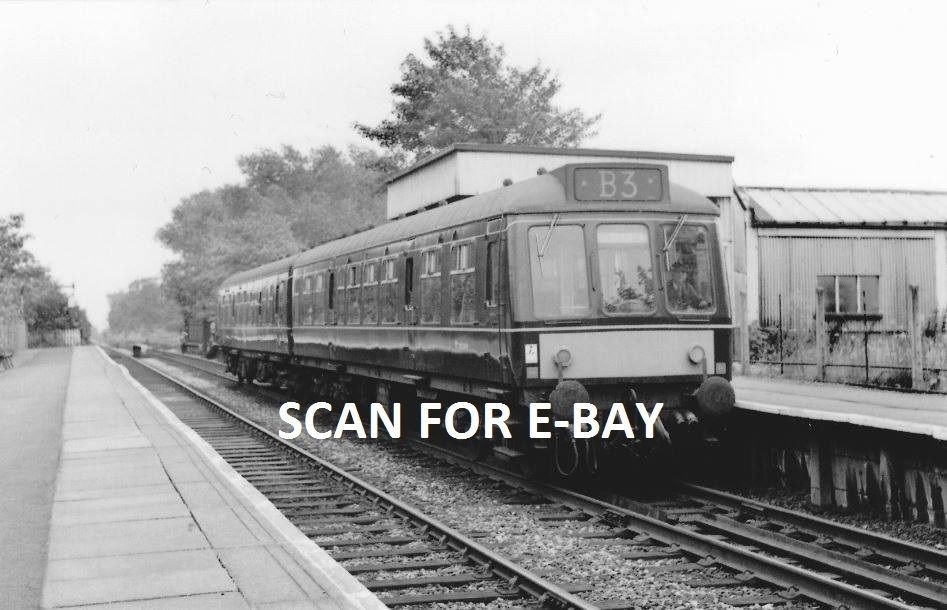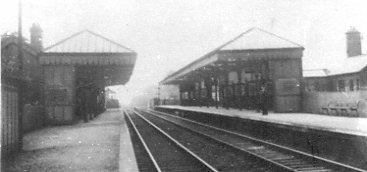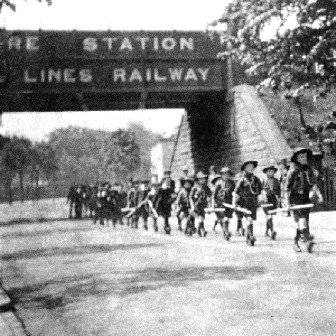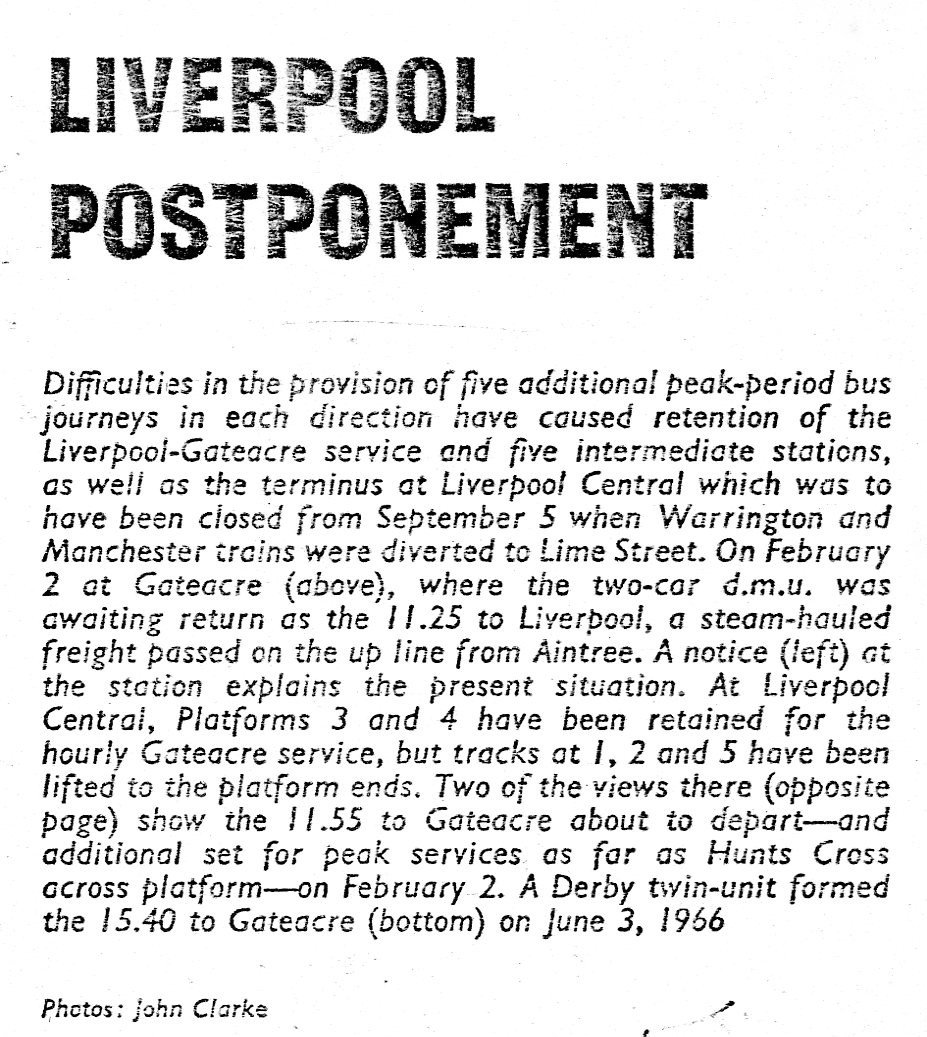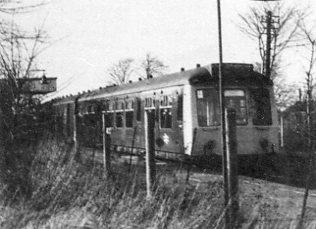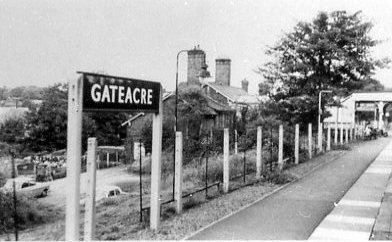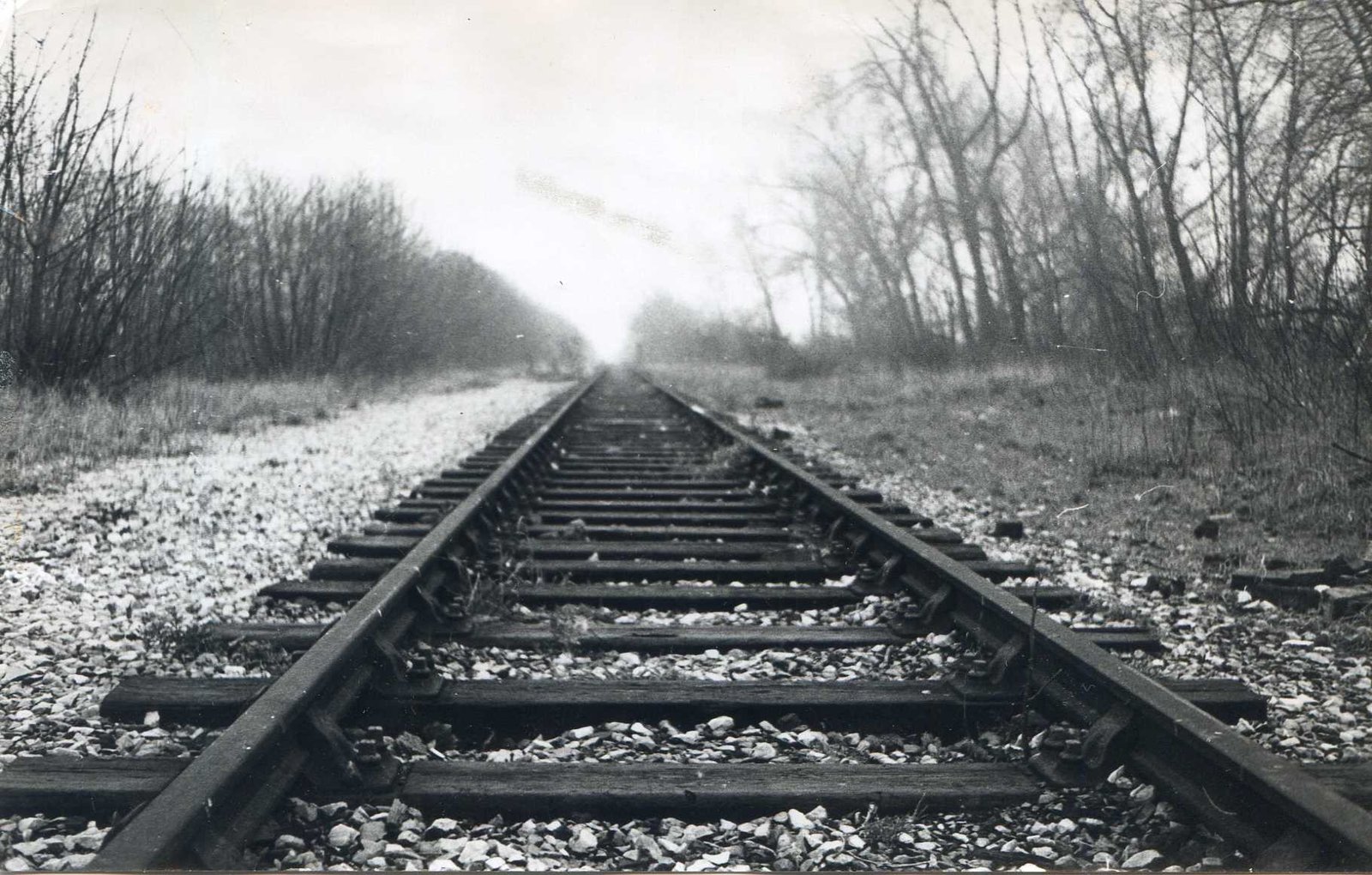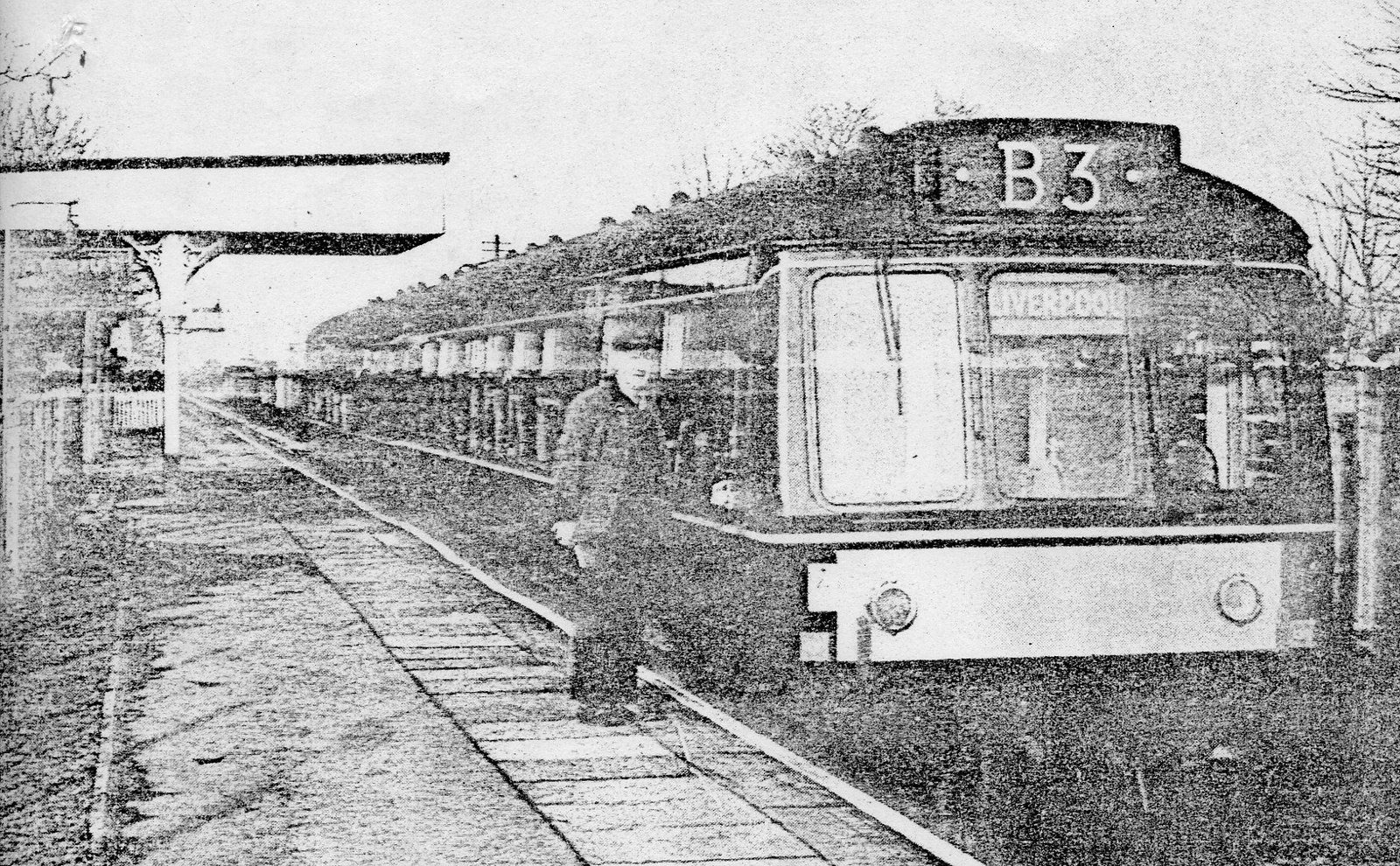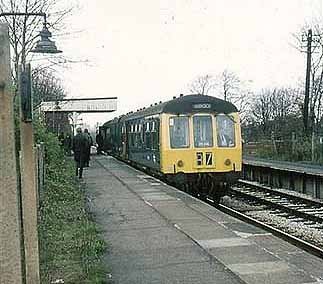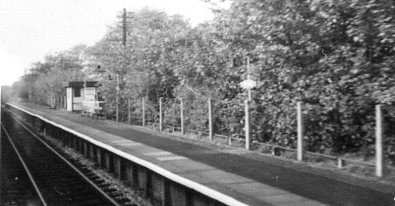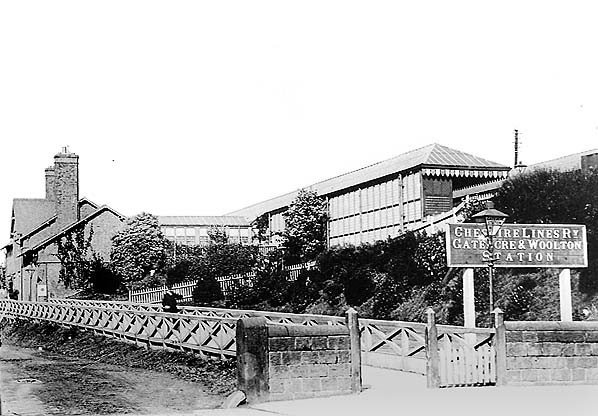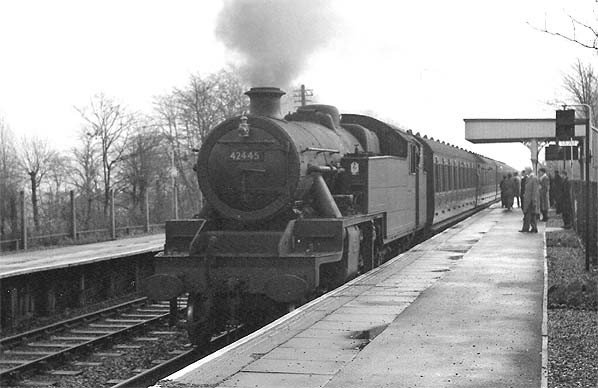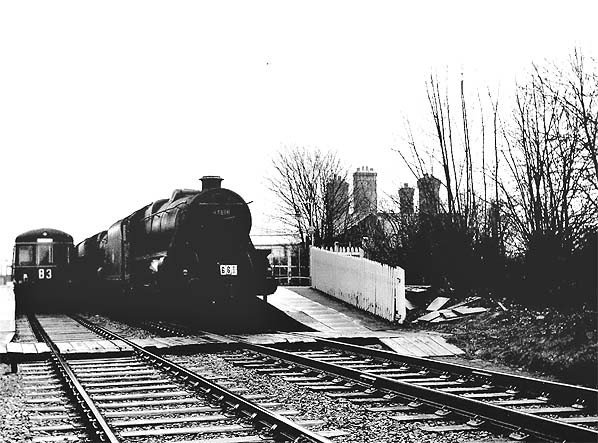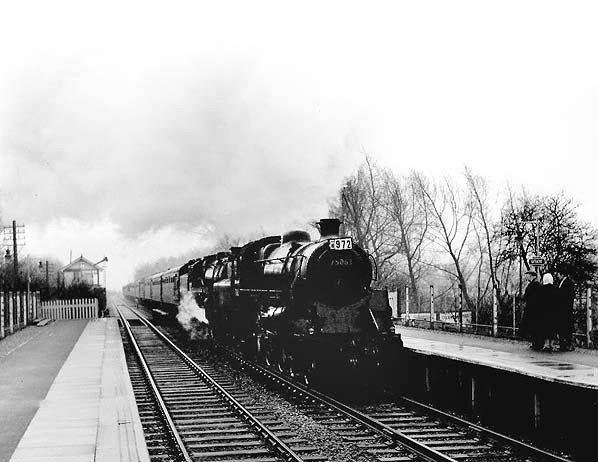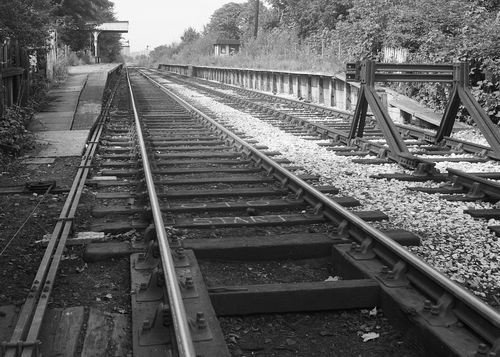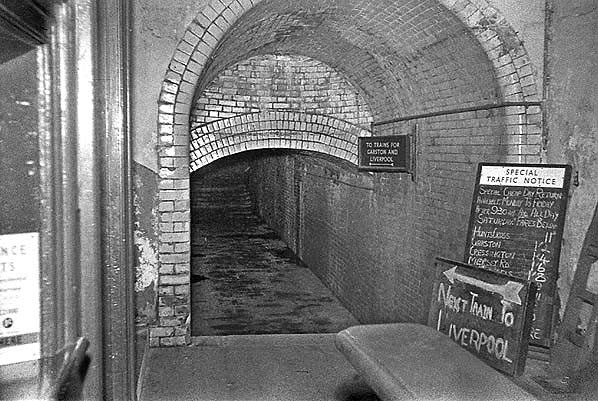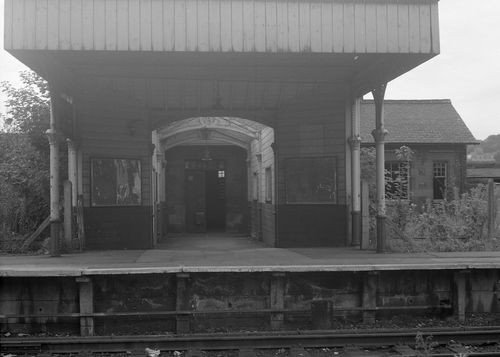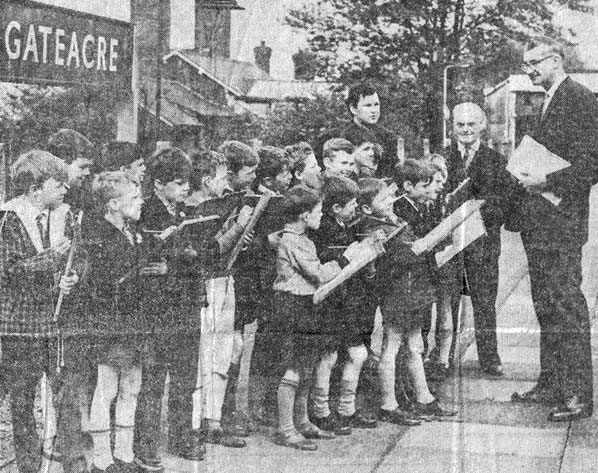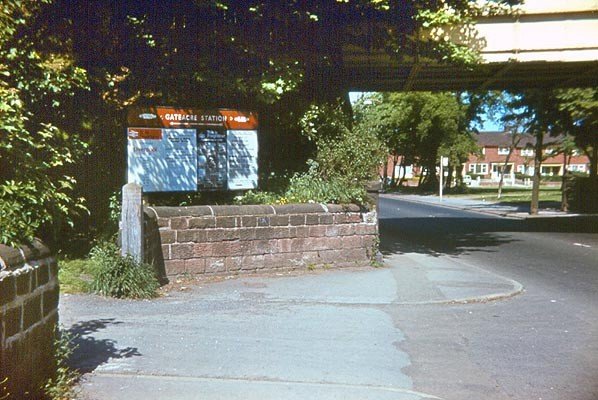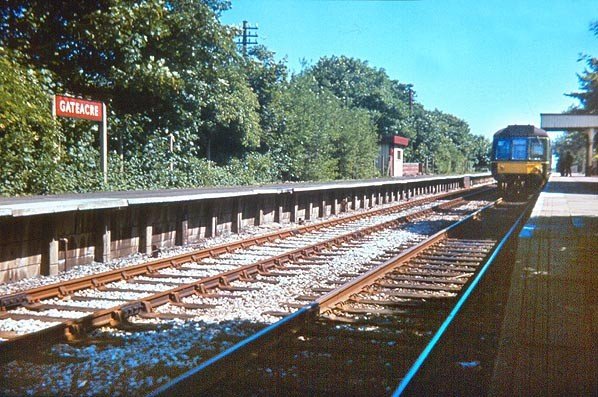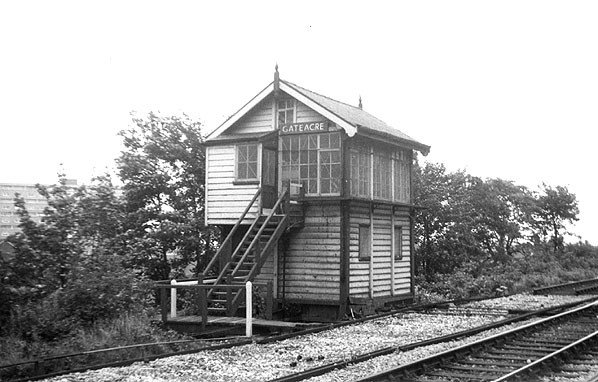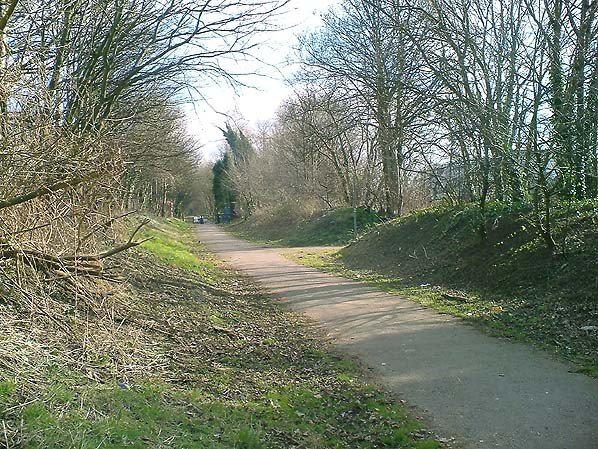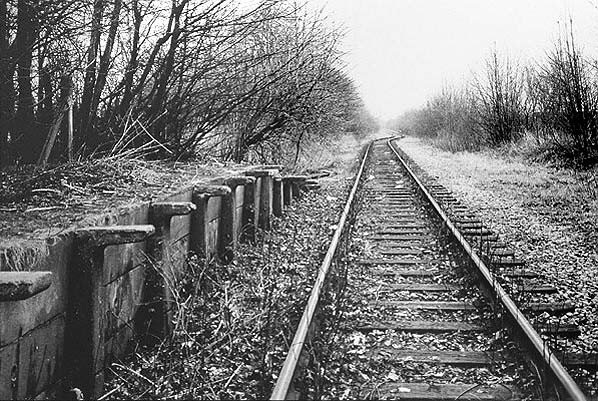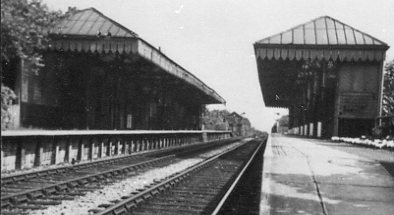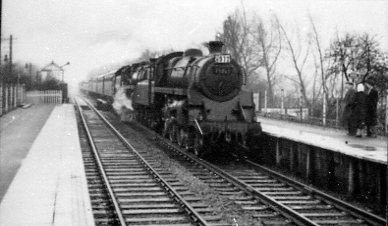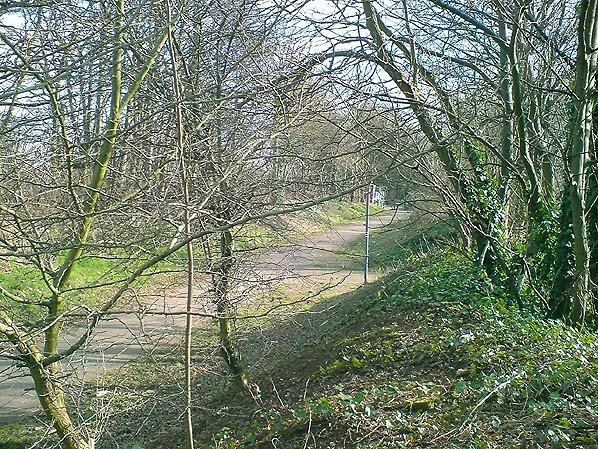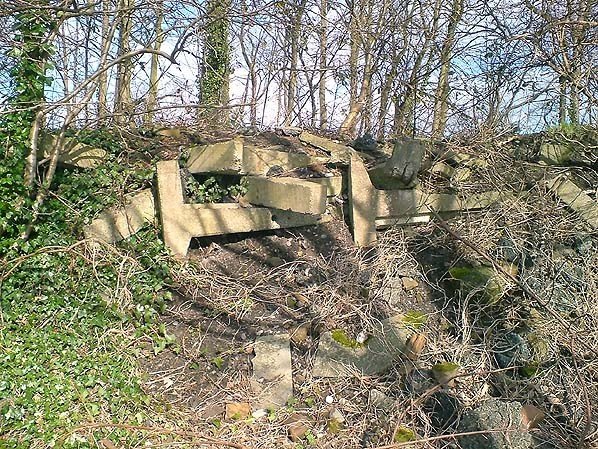Notes: The following text is from http://disused-stations.org.uk/g/gateacre/index.shtml
Please do visit the website as only a fraction of the text has been posted here, and the original author’s material is much more detailed and interlinked to other stations.
Opened 1.12.1879
Date closed to passengers: 15.4.1972
Date closed completely: 15.4.1972
Gateacre station opened with the line on 1 December 1879. It was on the eastern edge of the village from which it took its name and located on an embankment on the north side of Belle Vale Road which passed under the line. The station building, reached by a sloping path, was on the west side of the line. It was a two-storey house consisting of a pair of adjacent pitched roofs, flanked to the south and north by a single-storey range. It was similar in design to the stations further north on the line at Knotty Ash and West Derby.
The station building did not stand adjacent to the down platform (Aintree direction) but was set back from it several yards to the west. The reason for this was that the CLC had future expansion in mind and that their double-track railway would ultimately need to be quadrupled. All of the road-over-rail bridges and tunnels along the line were built with quadrupling in mind. Gateacre and Childwall stations, being on embankments, were set back to give space. Despite these efforts the railway never would expand beyond being a double-track line.
To afford passengers some protection from inclement weather a covered passageway was provided between the station building and the down platform across the area that had been reserved for quadrupling. Both platforms were constructed using a timber face backfilled with spoil. They each had extensive hipped timber and glass canopies. Whilst the down platformwas provided only with the canopy, the up platform (Halewood direction) also had waiting accommodation to the rear of the canopy in a long wooden structure with a ridged roof. The up platform was reached from the booking office via subway which was also built to accommodate four tracks. It was lit by gas and lined with glazed bricks to reflect as much light as possible.
Interestingly the station was substantially altered in 1957. The canopies were removed from both platforms and a more simple structure was erected on the down platform at the end of the covered walkway. A new waiting room was erected on the up platform. The platform surfaces were also improved. As the service was so poor and would be withdrawn by November 1960 it appears odd that British Railways went to such trouble, but during the late 1950s and into the 1960s large housing estates were built on the east side of the line near Gateacre station. Other housing estates also developed to the north. The station offered a journey time to central Liverpool of less than 30 minutes which was far quicker than the local bus service. So shortly before the withdrawal of the Aintree trains, from September 1958, an hourly Liverpool Central – Gateacre service was introduced, operated by DMUs which offered a journey time of 25 minutes to Liverpool and only 10 to Garston, which had a large market. The new service became very popular with local people.
The Reshaping of British Railways (‘Beeching’) report of March 1963 recommended the closure of Liverpool Central and the diversion of its very well used services to Liverpool Lime Street. However the Gateacre service was not recommended to transfer to Lime Street and was considered for withdrawal. There was a great deal of public protest, and the local authorities became involved, the result being that the Gateacre service was saved. However in saving the service the local authorities had given British Railways a problem, as they did divert all other trains away from Liverpool Central with effect from September 1966. This left a huge terminus station with only an hourly DMU service. All of the costs associated with the running of Liverpool Central were apportioned to the Gateacre service which, although popular, became hopelessly uneconomic.
In the early months of 1979 British Rail lifted the North Liverpool Extension Line all the way back to Hunts Cross. Hopes of Gateacre reopening faded, and although the electrification was extended to Hunts Cross on 16 May 1983 the plans for the eastern belt line were quietly dropped.
In the late 1980s a footpath and cycleway called the ‘Liverpool Loopline Path’, part of the Trans-Pennine Trail, was created through the site of Gateacre station. The construction of the path saw the demolition of the platforms at Gateacre.



